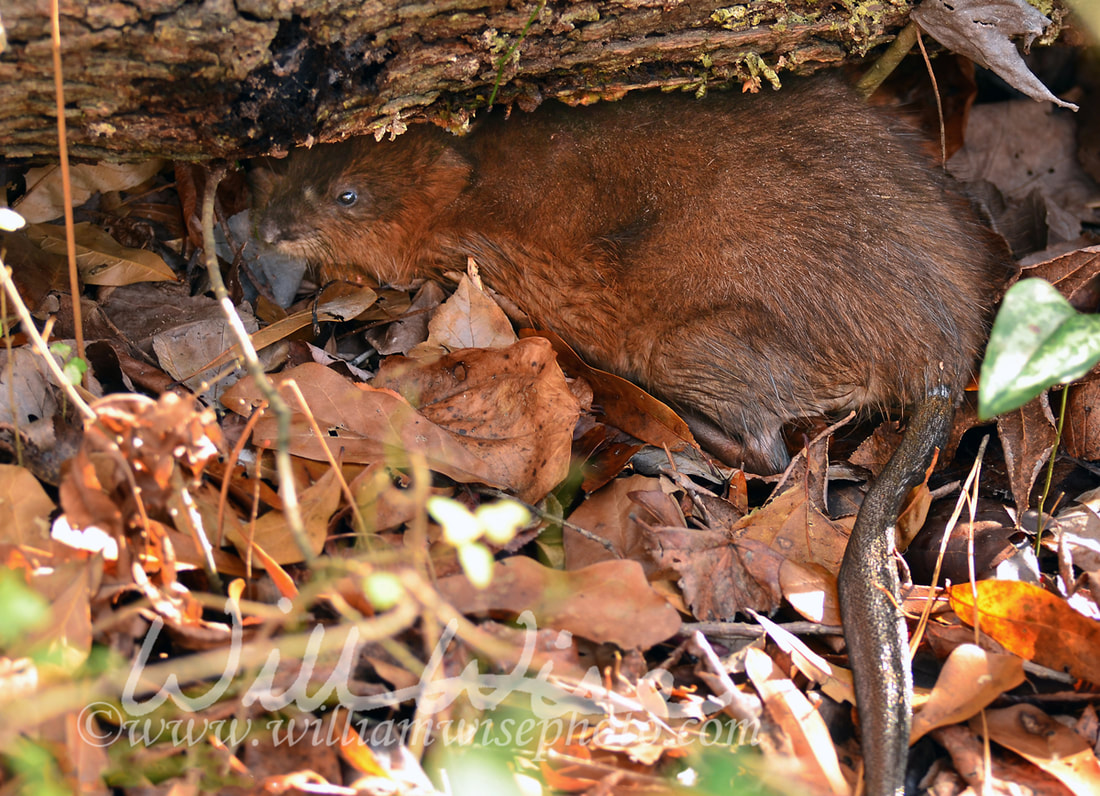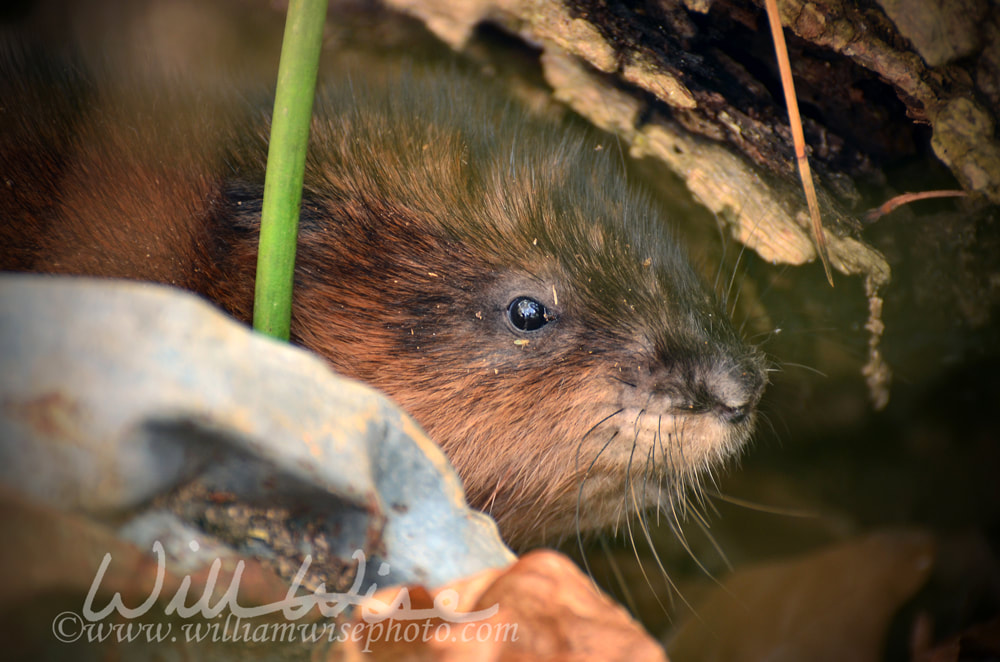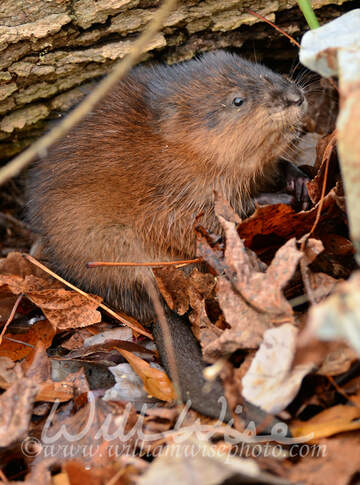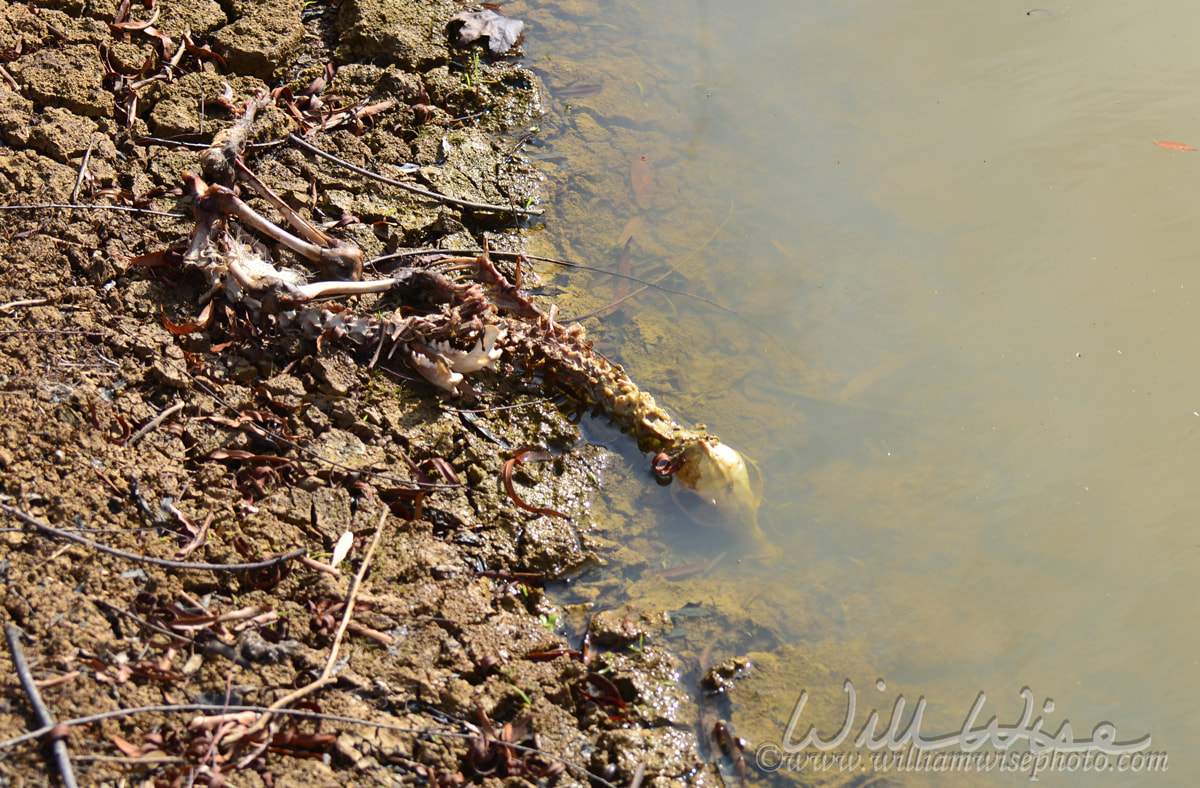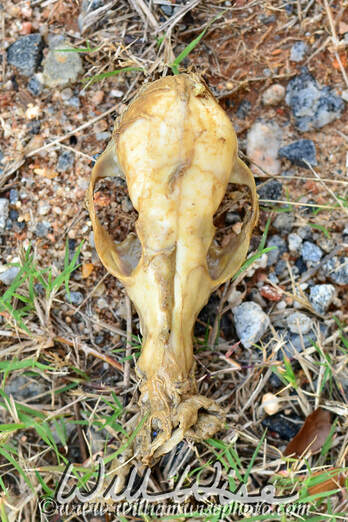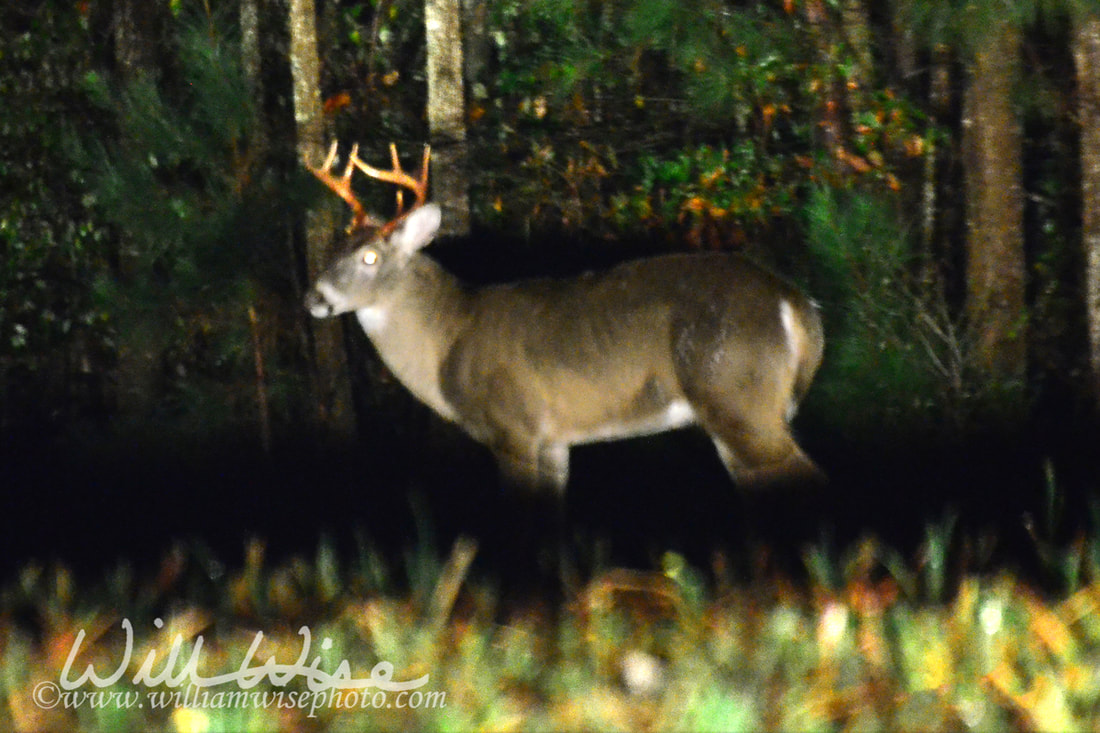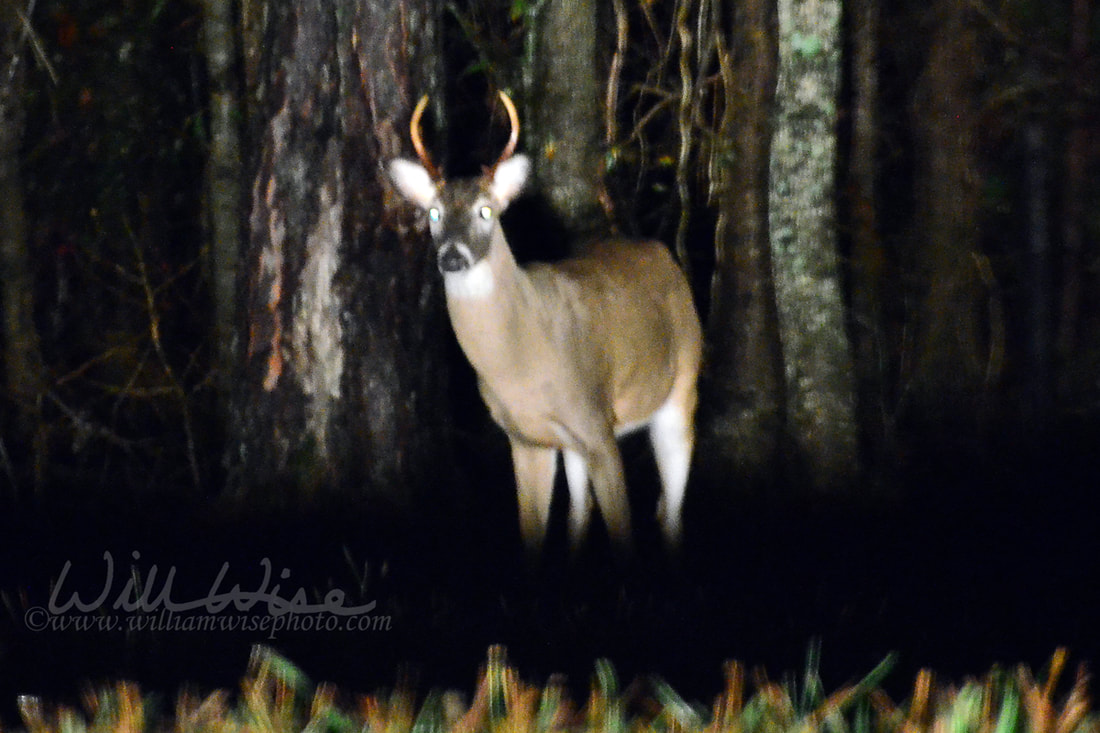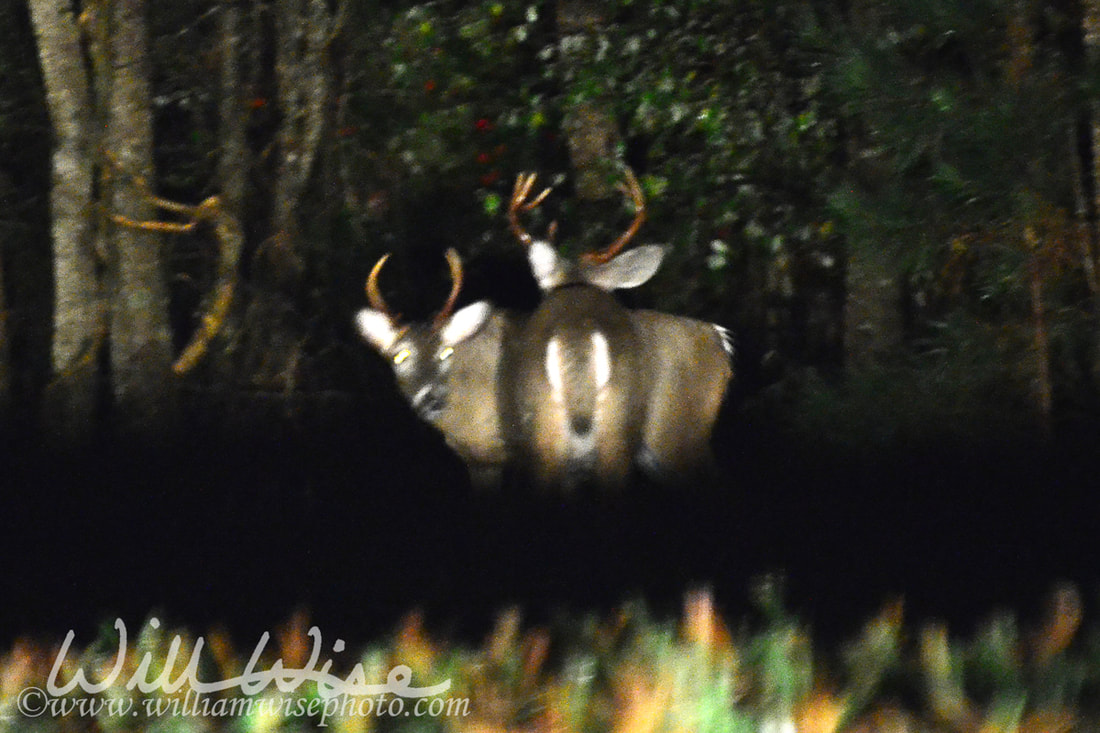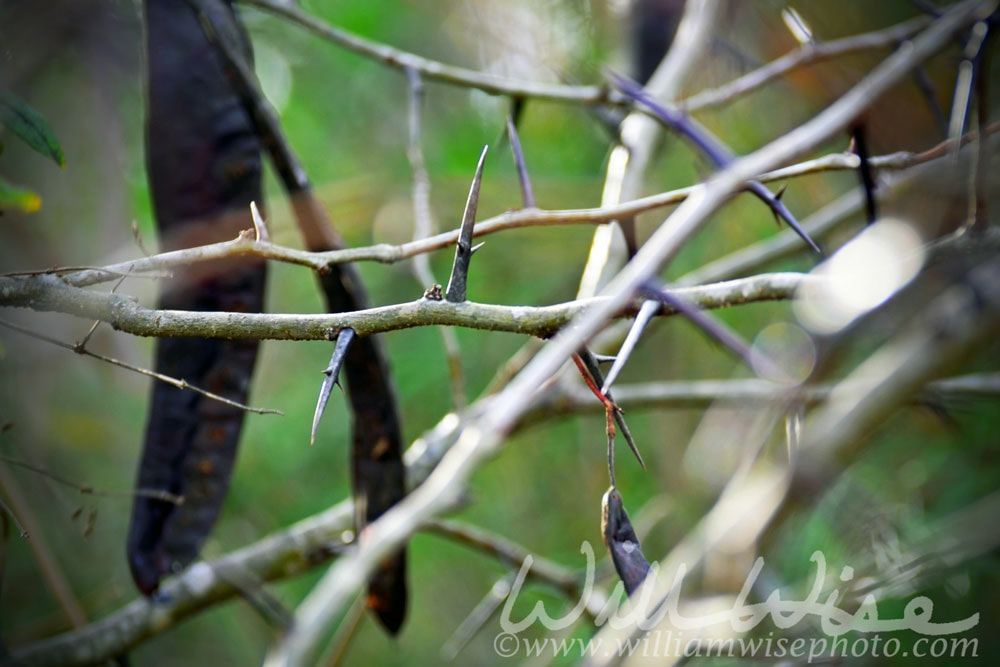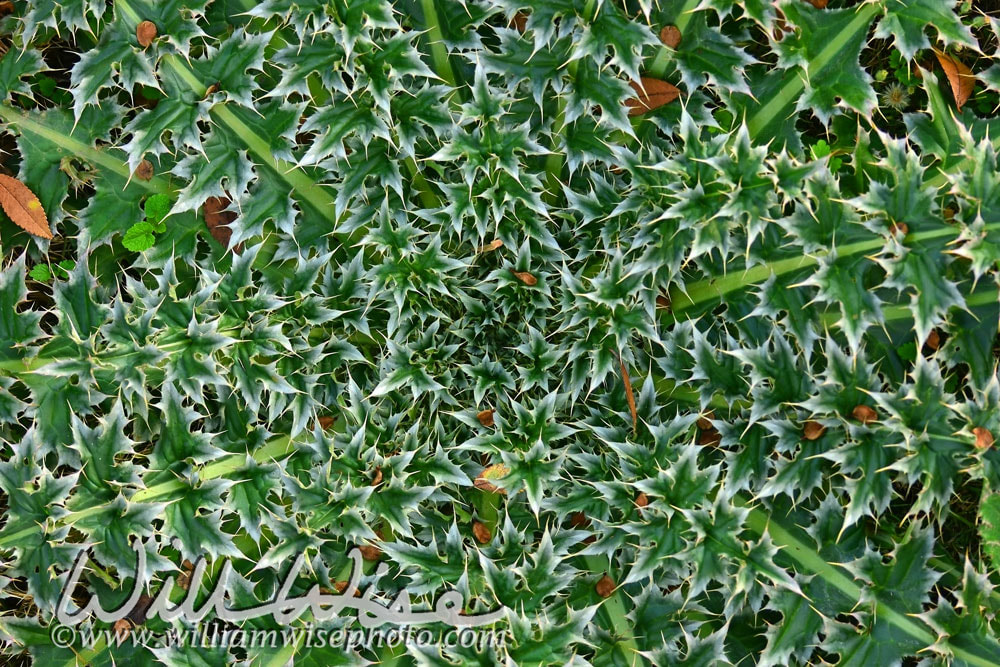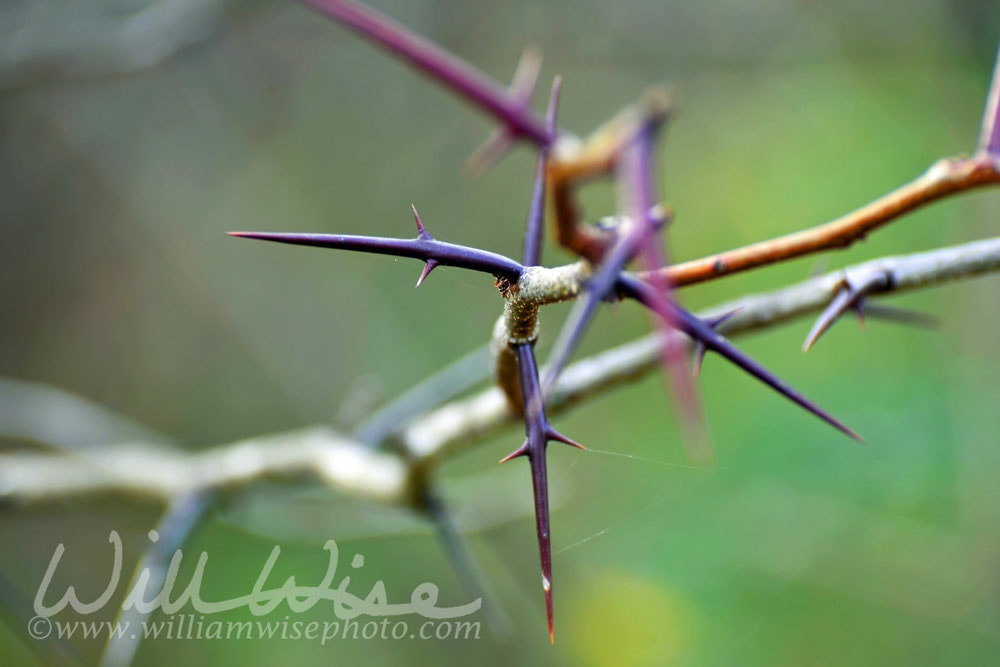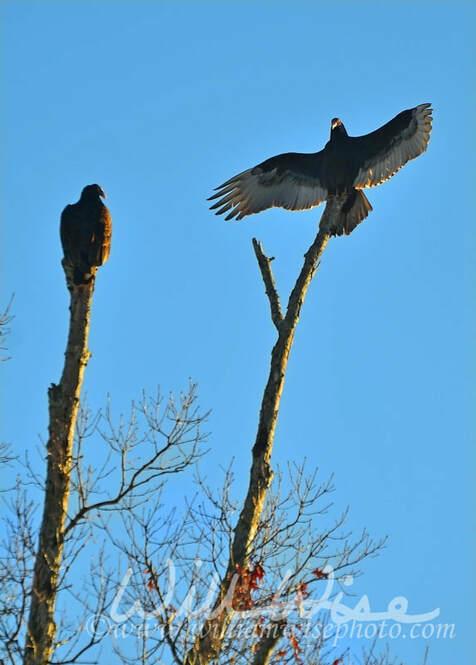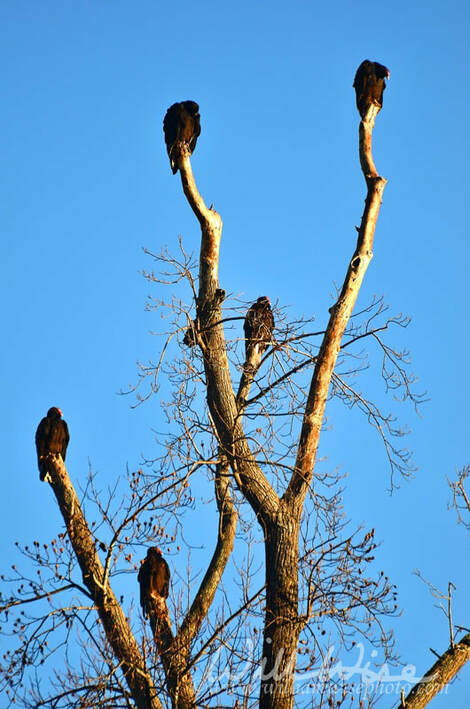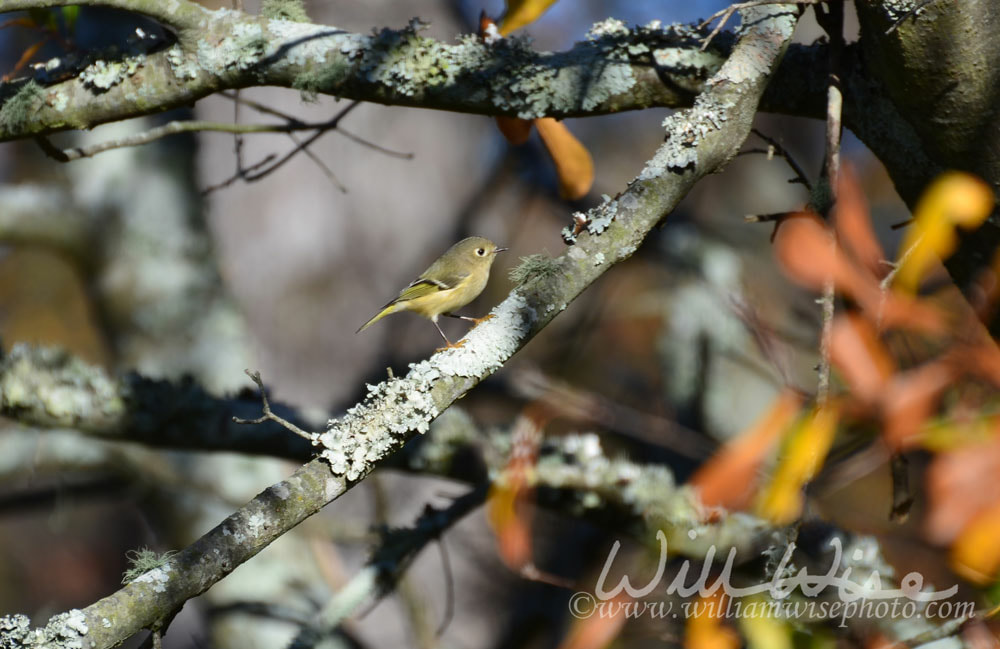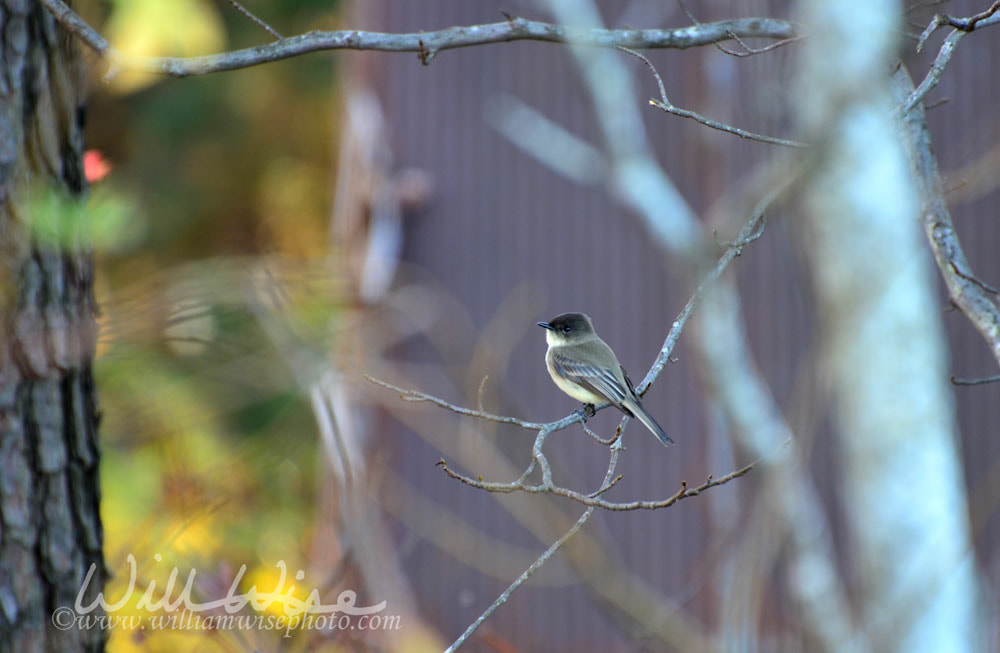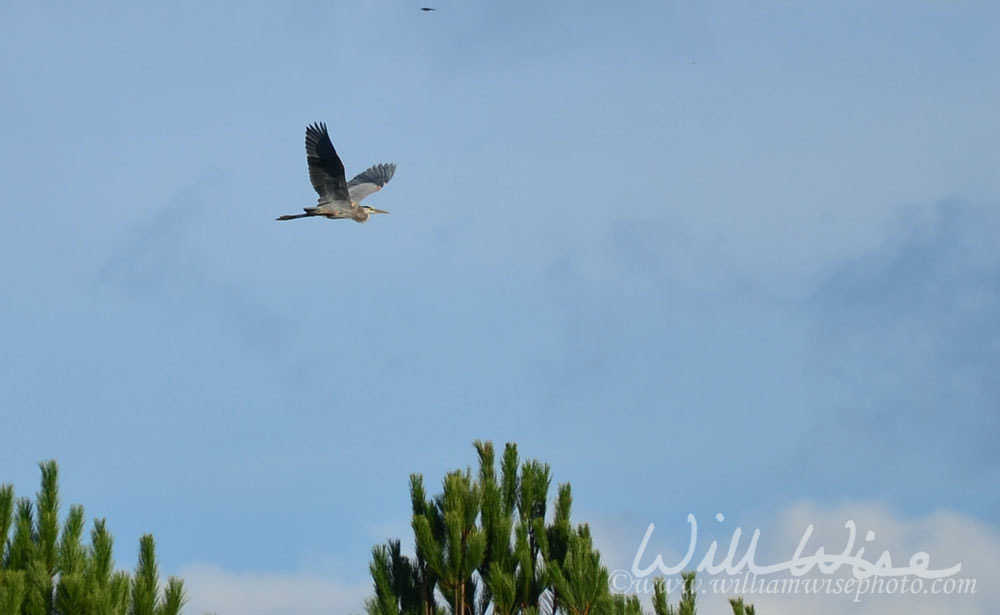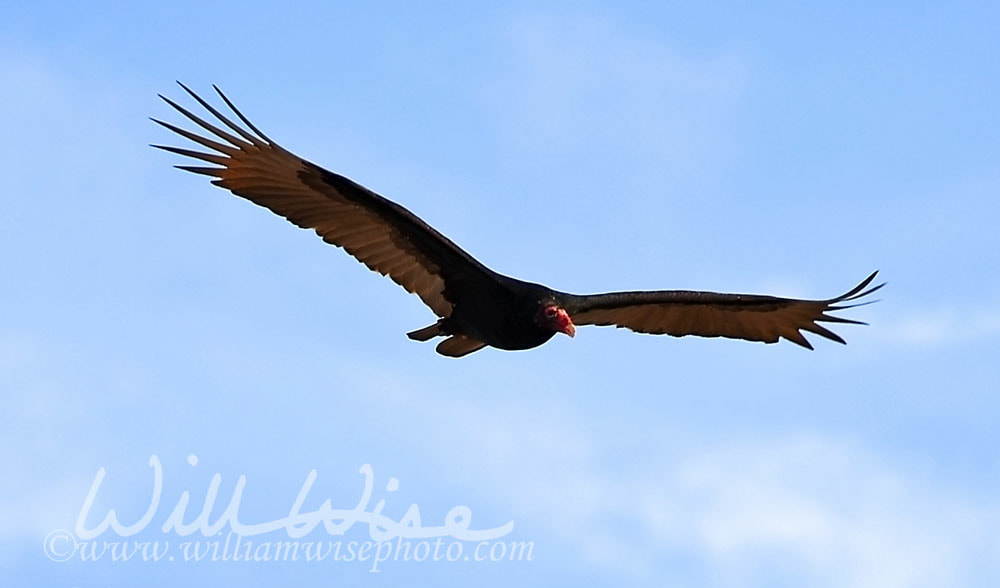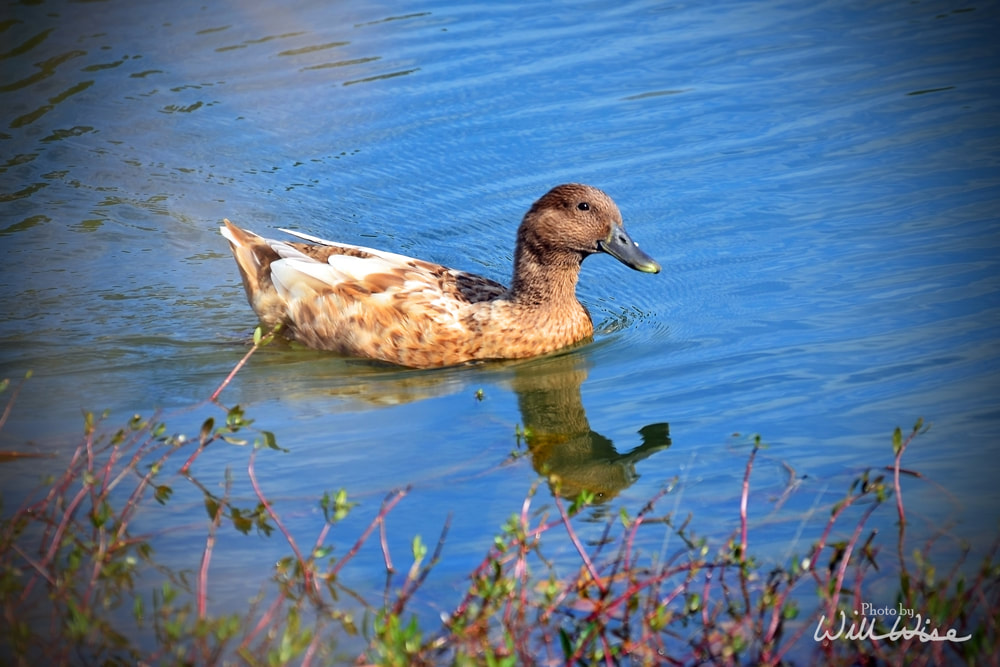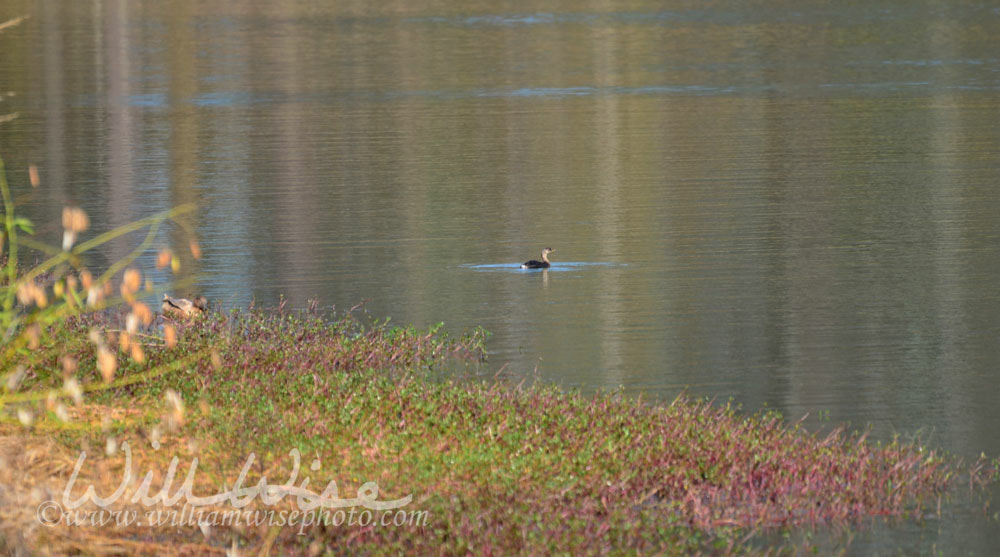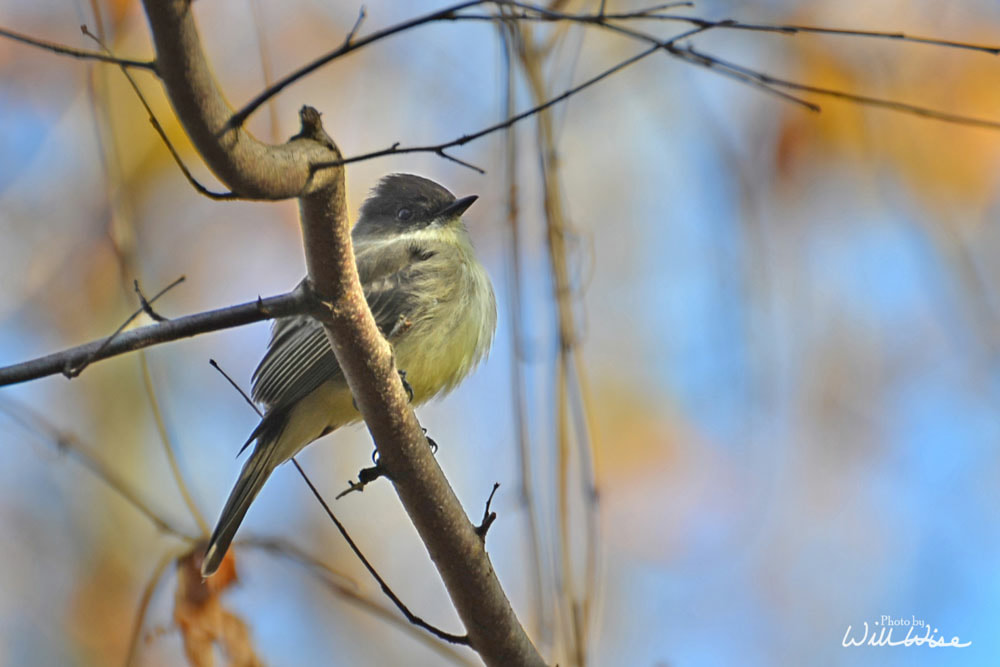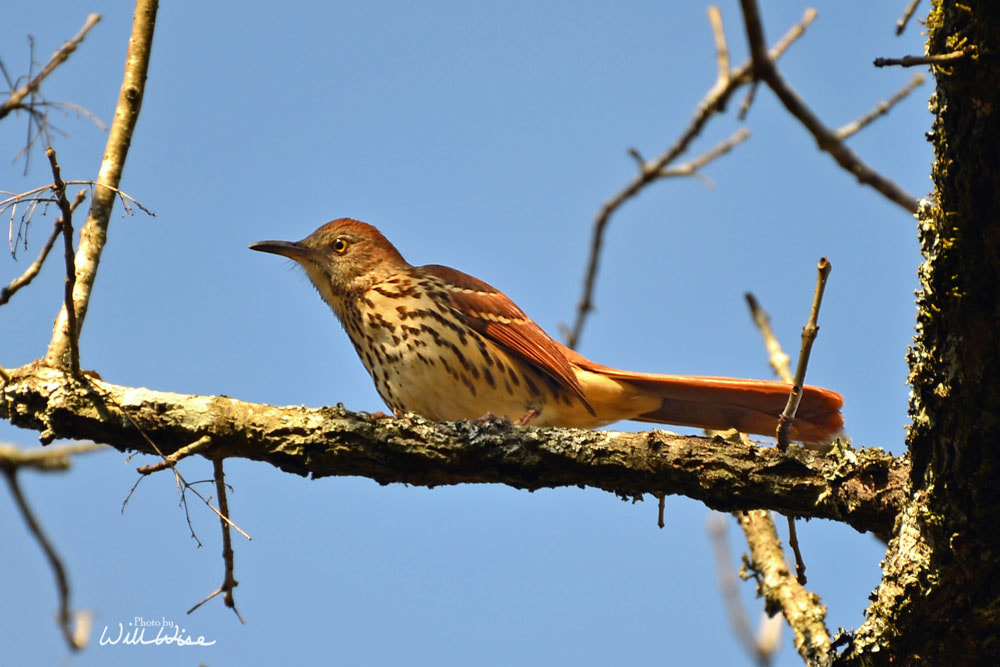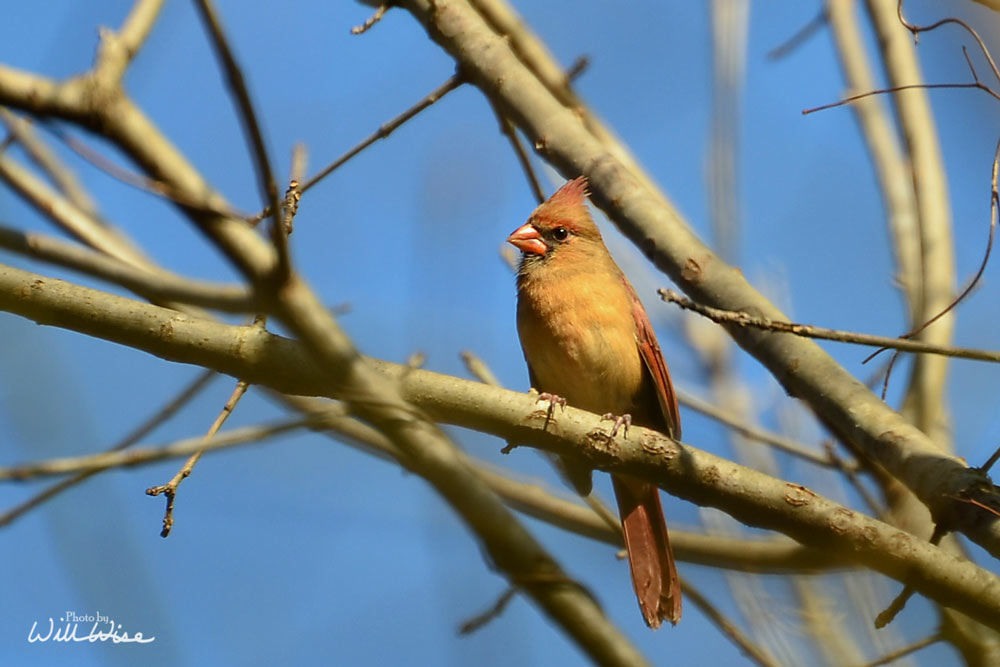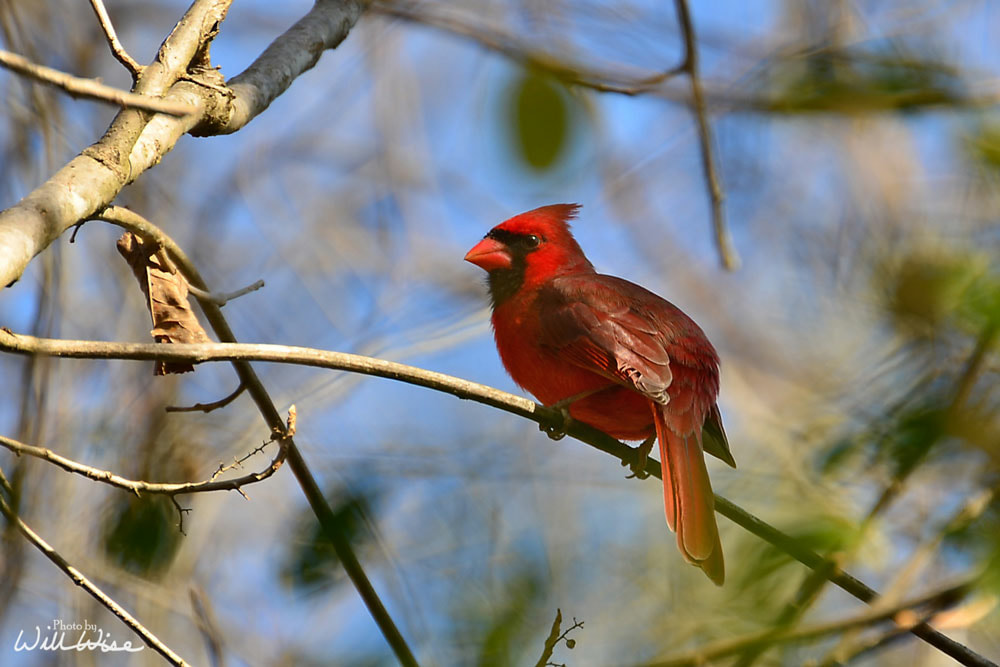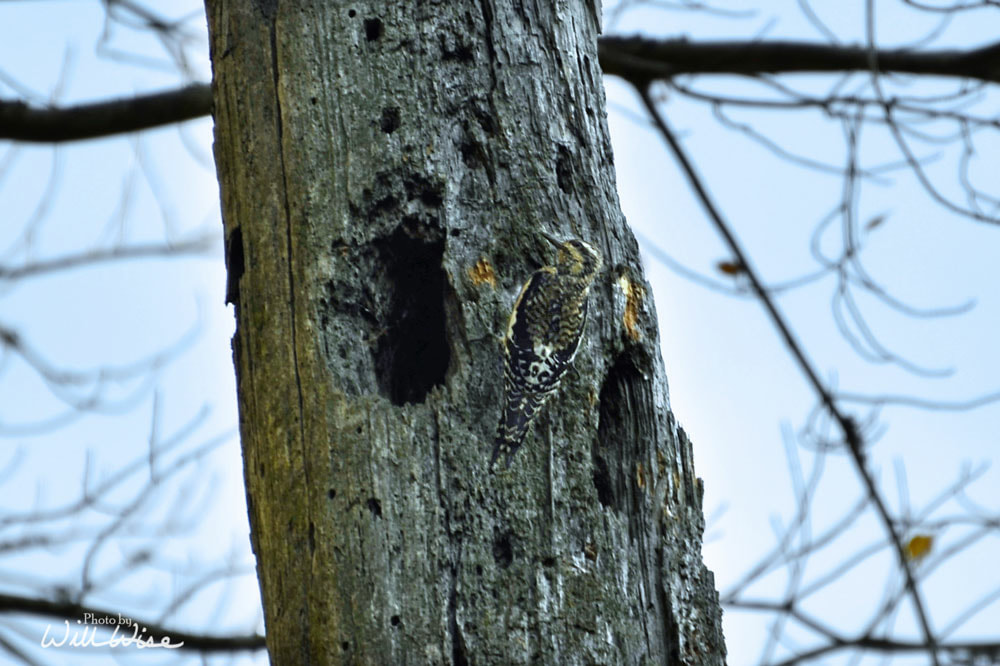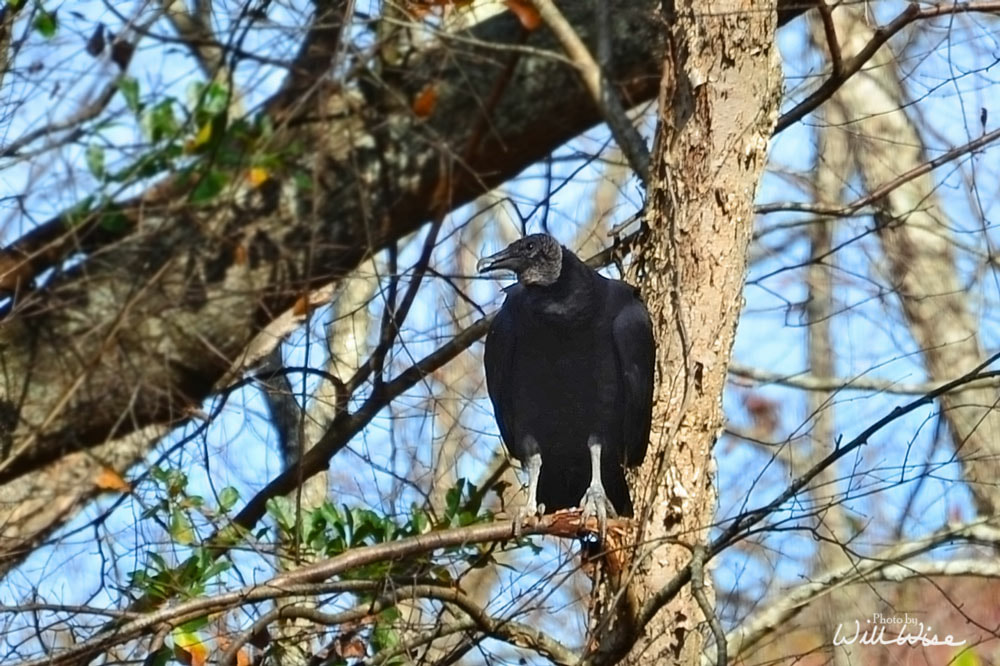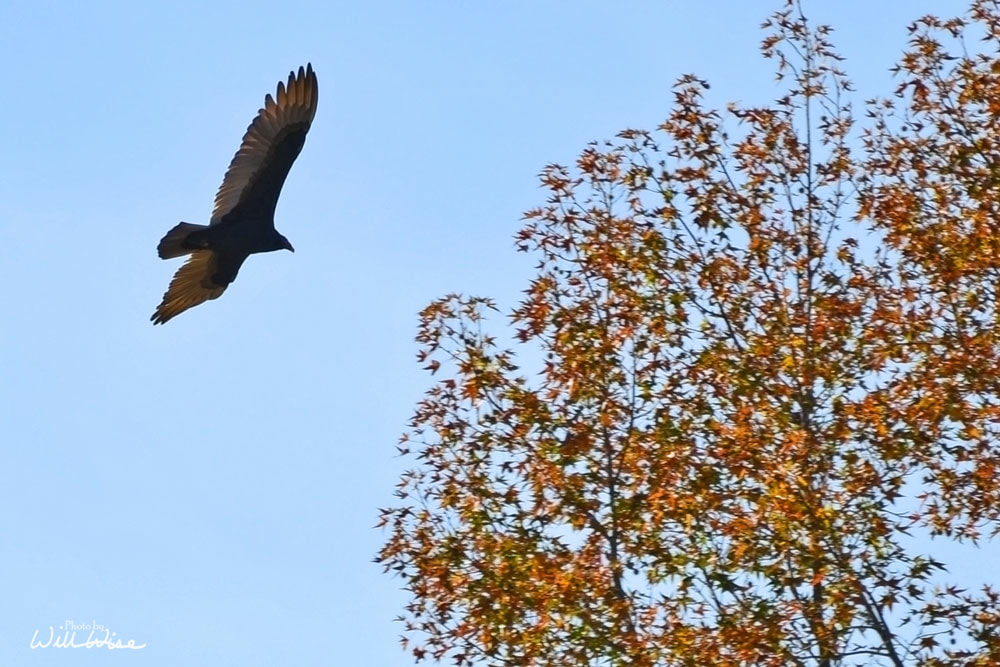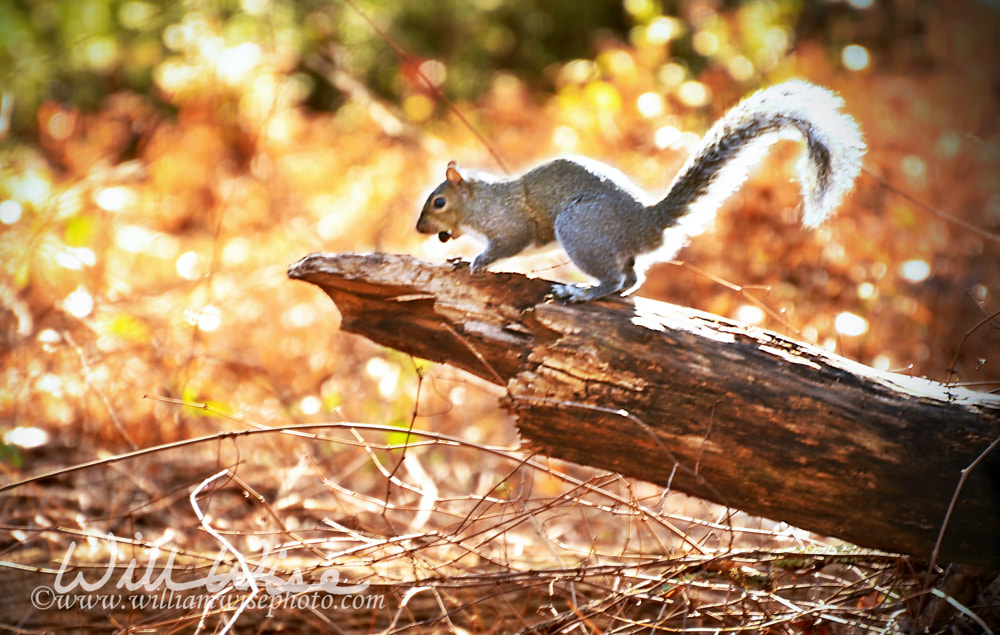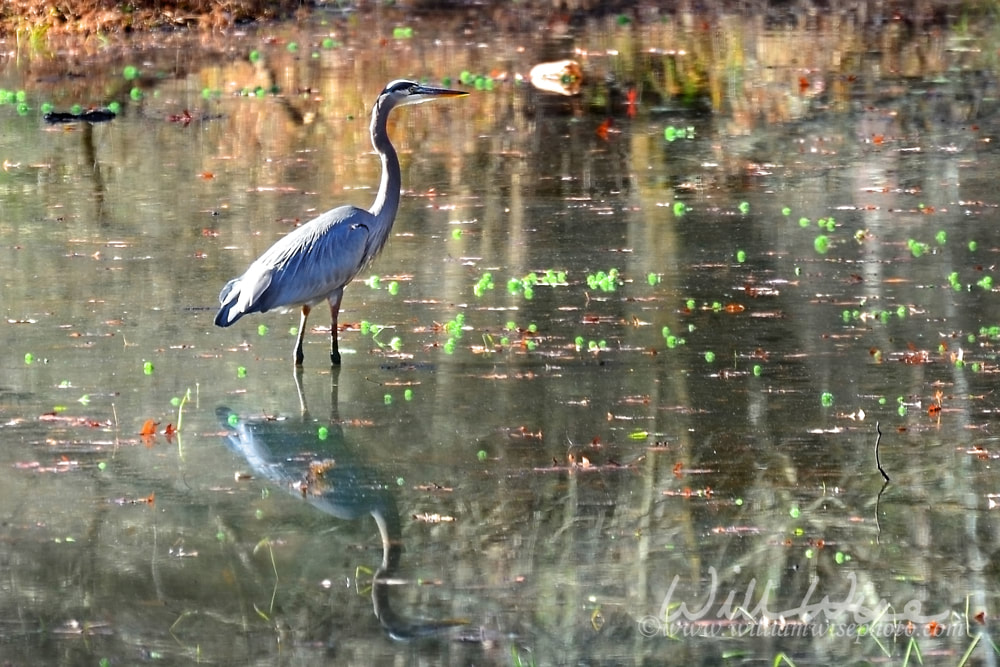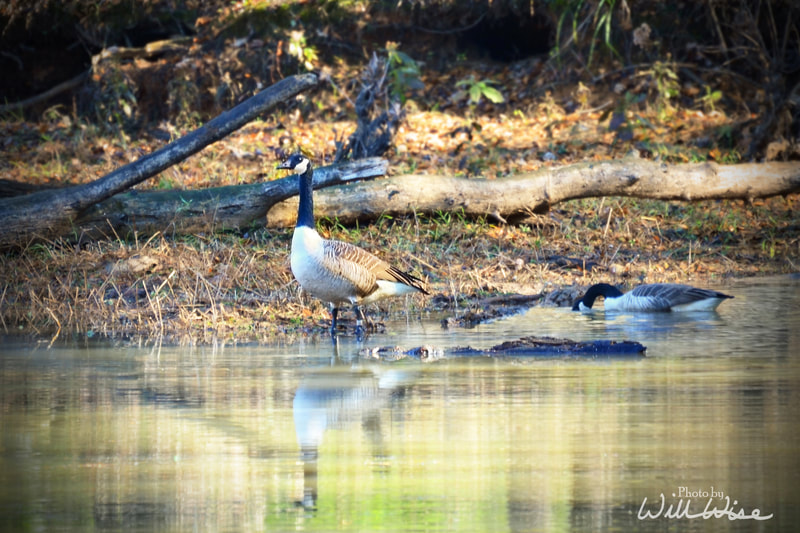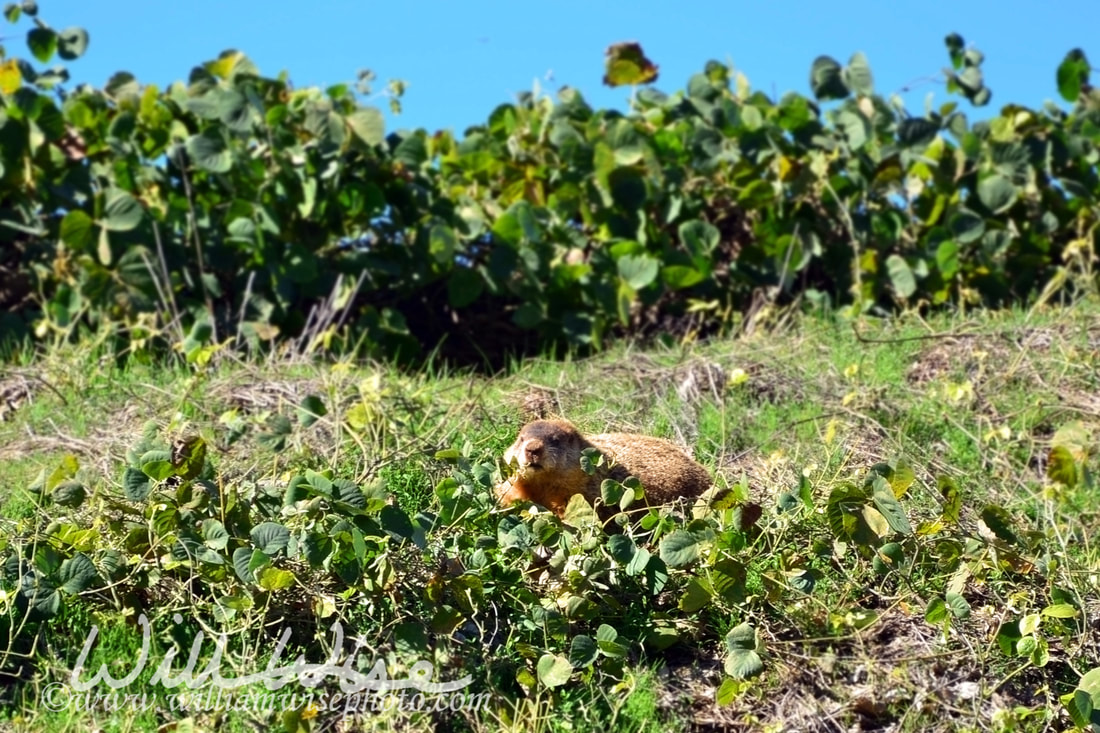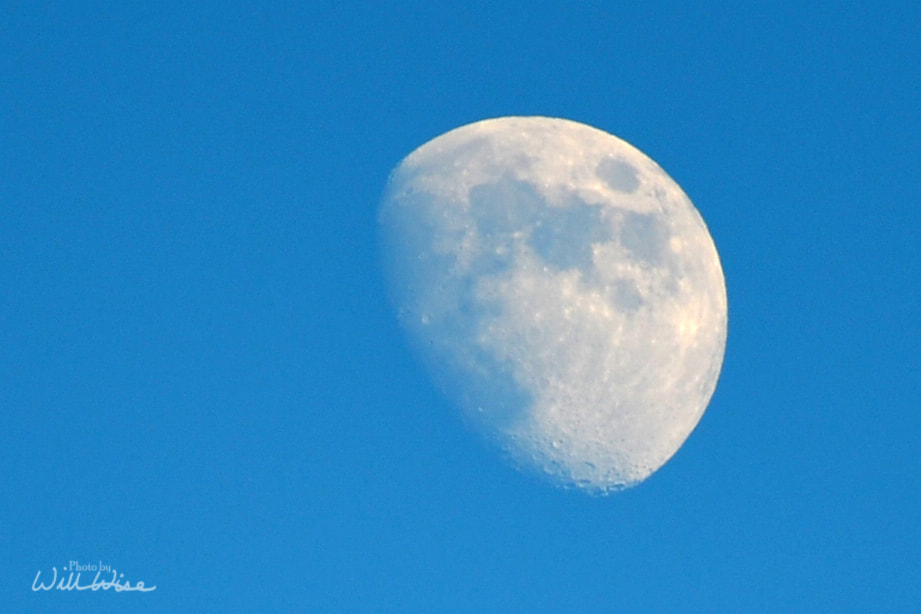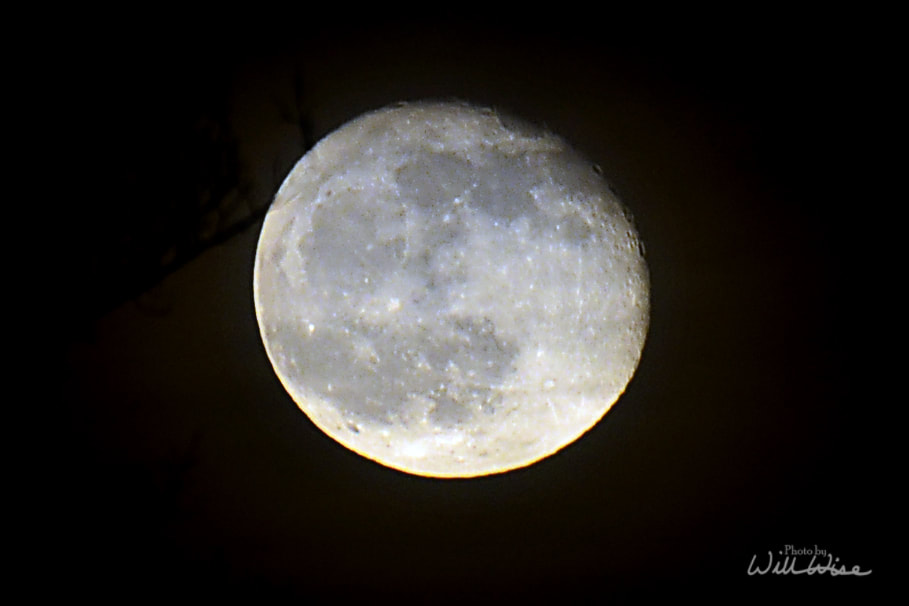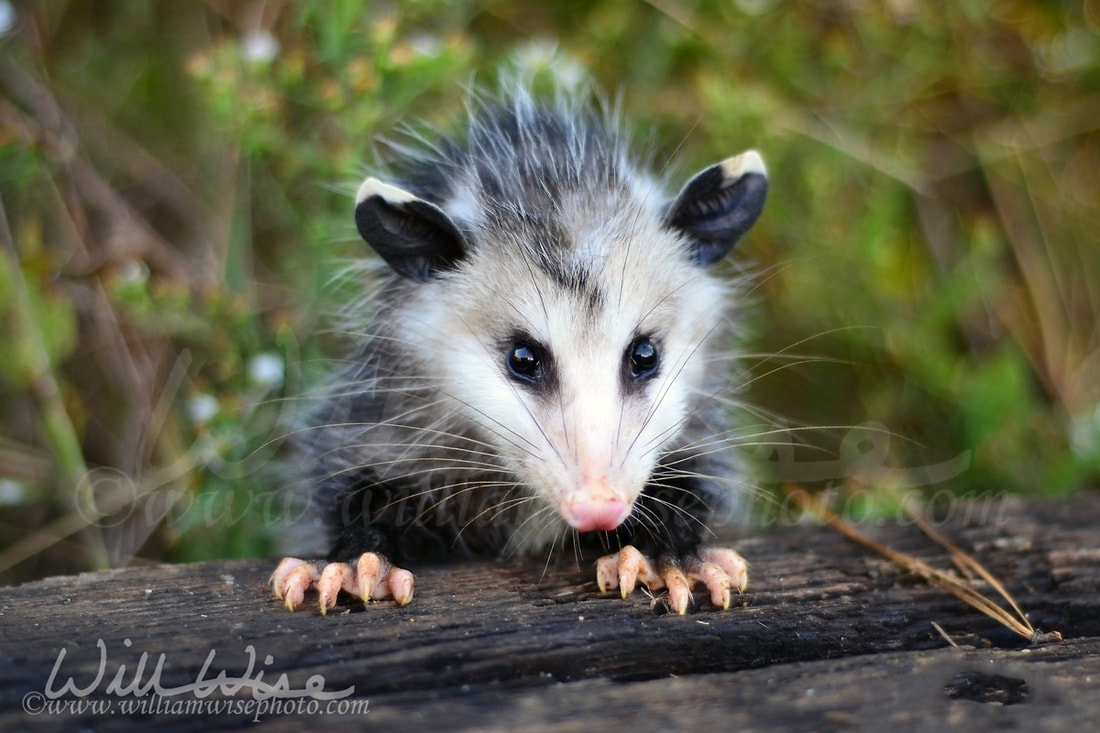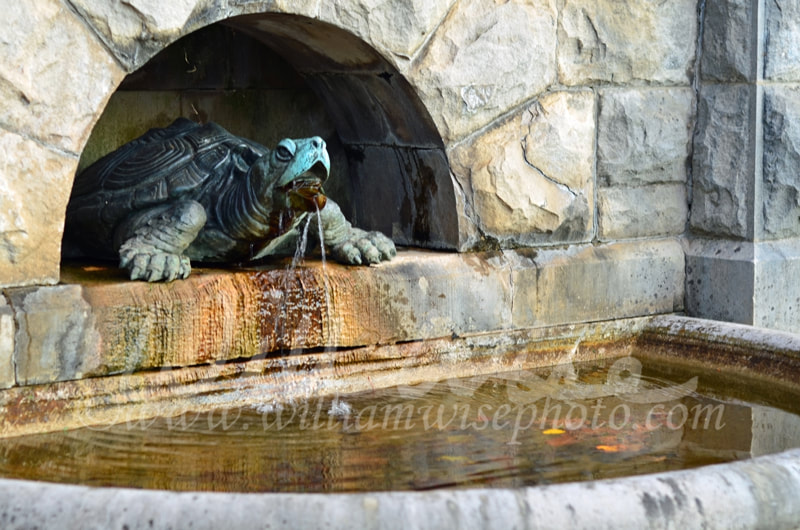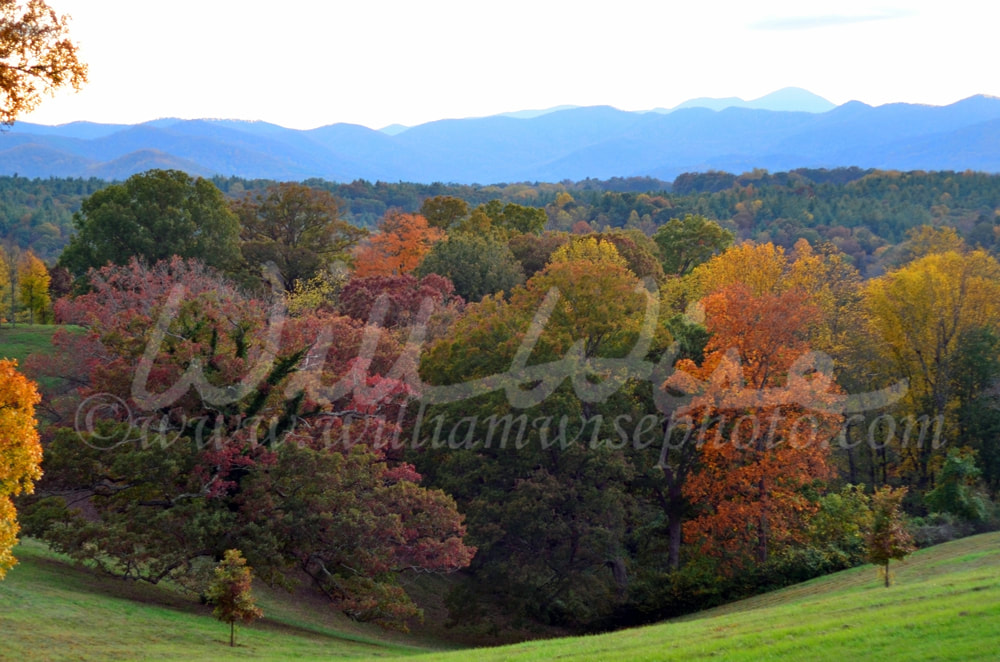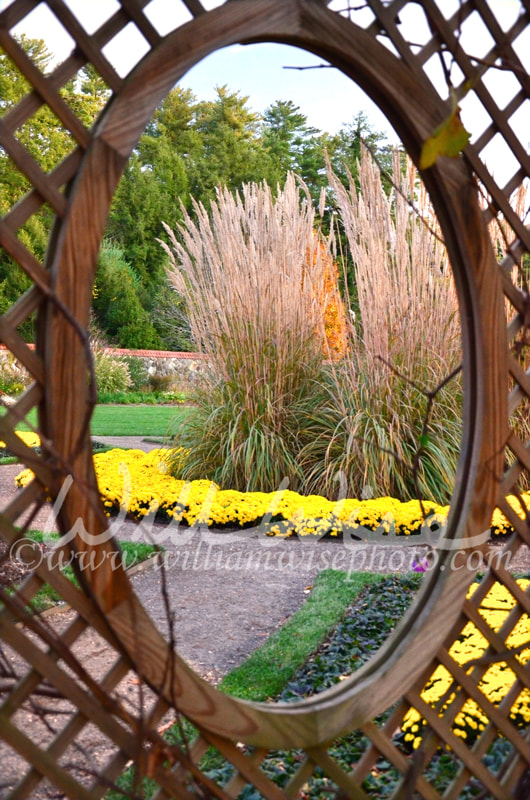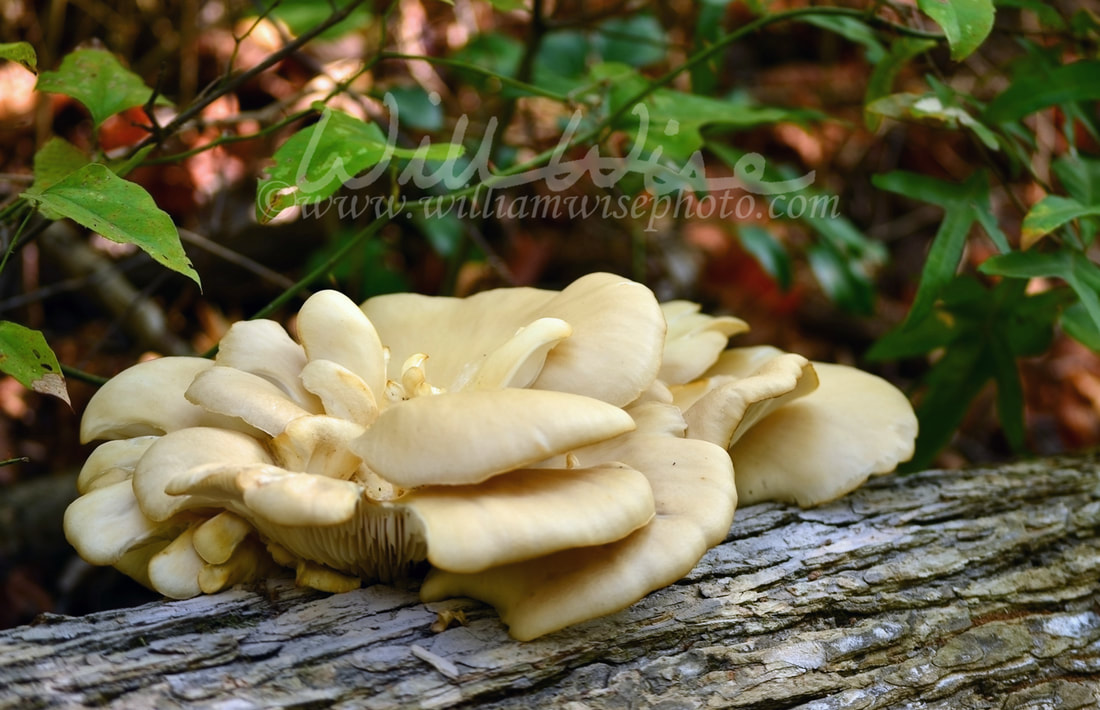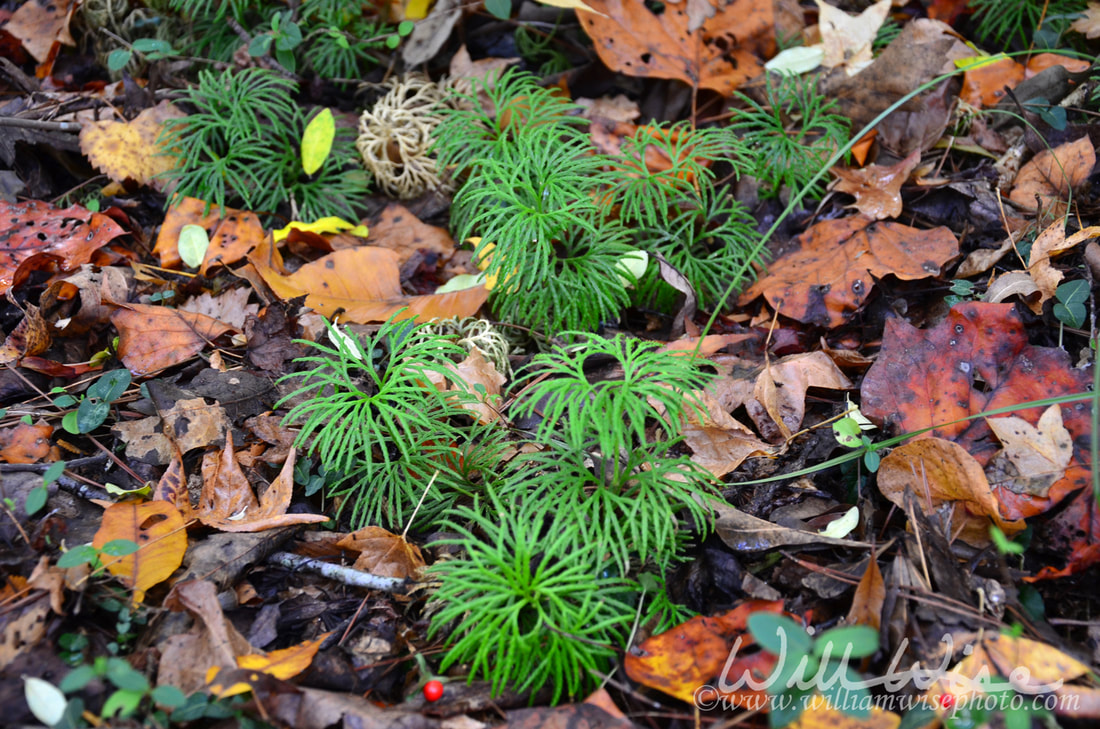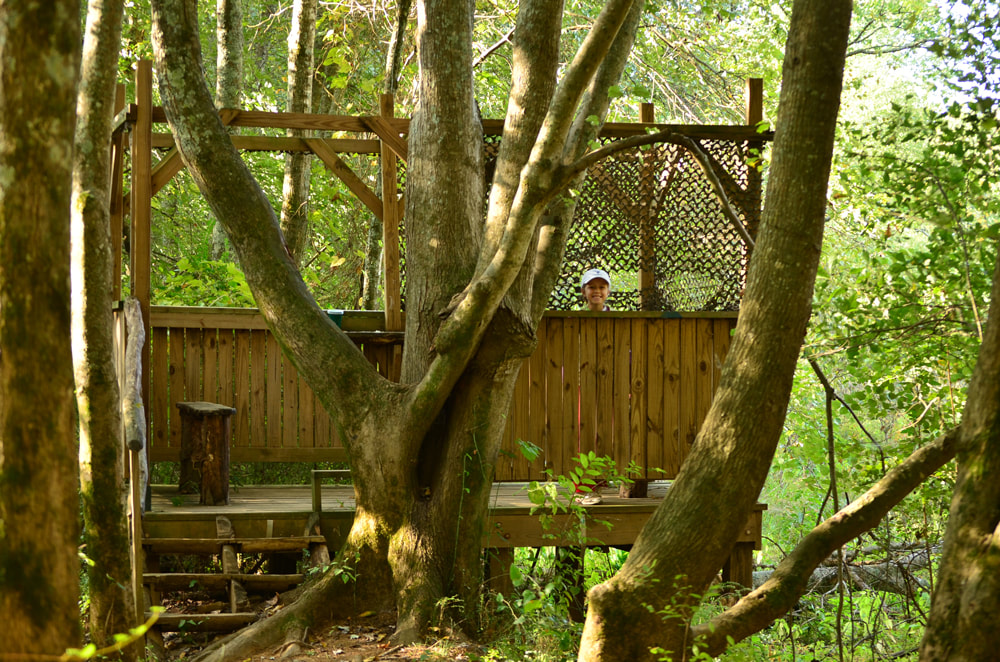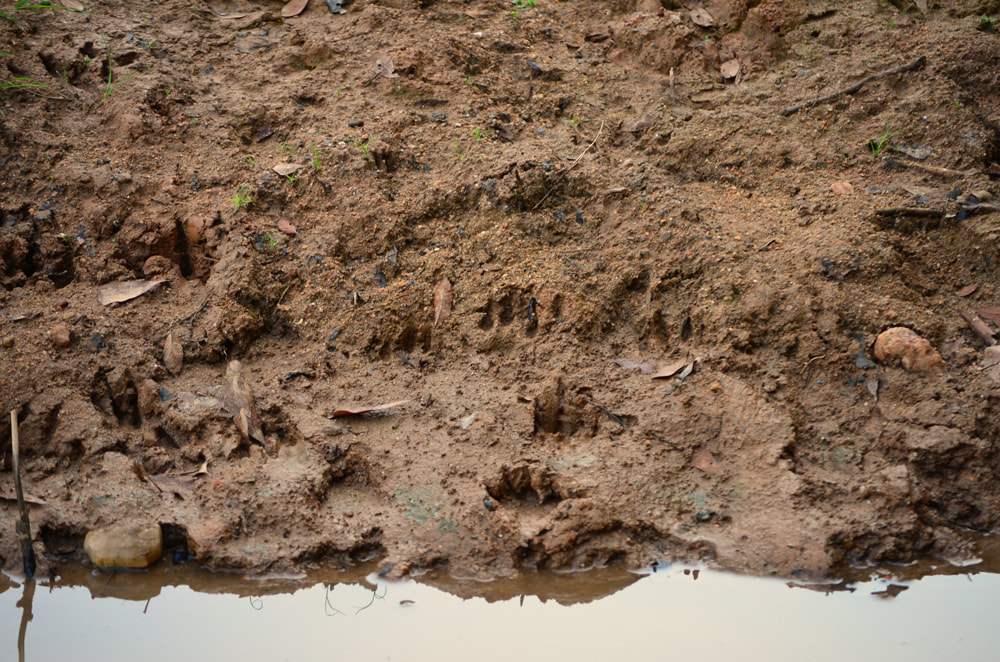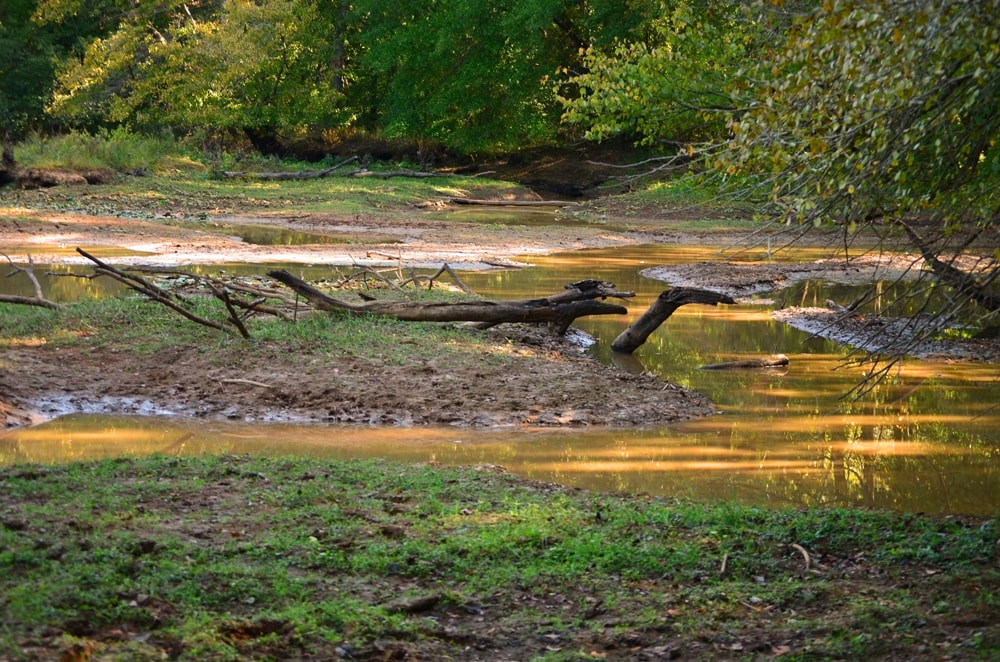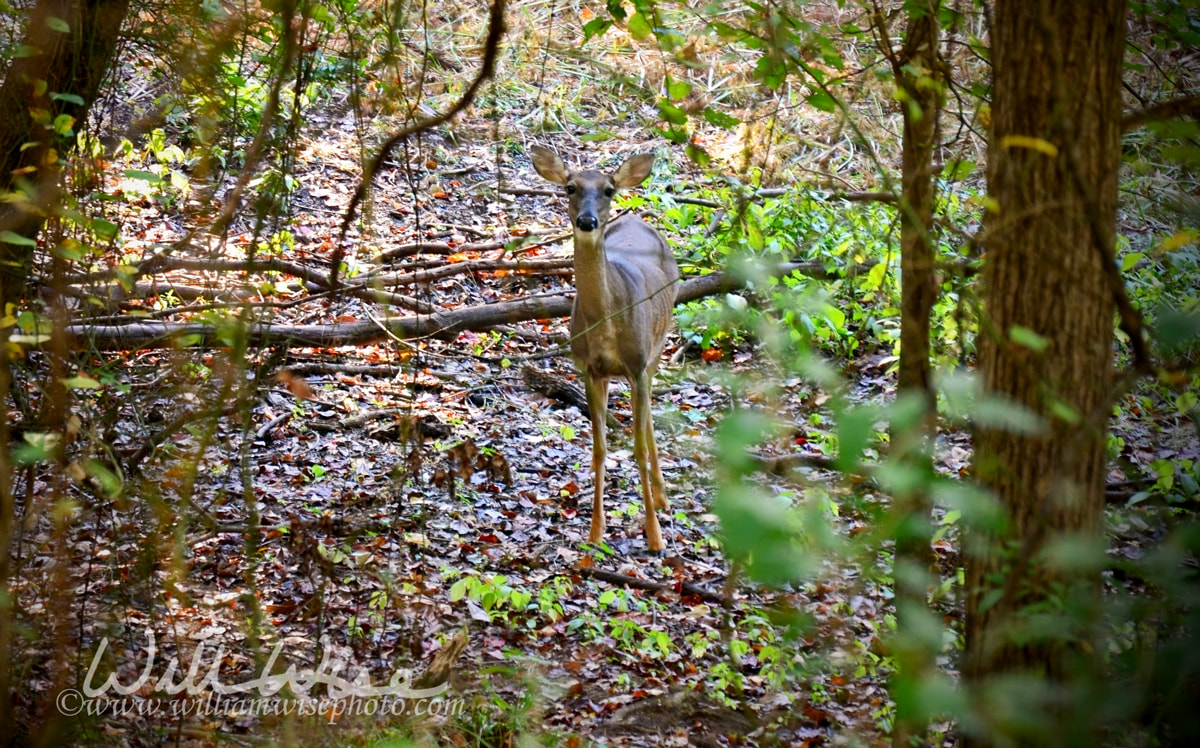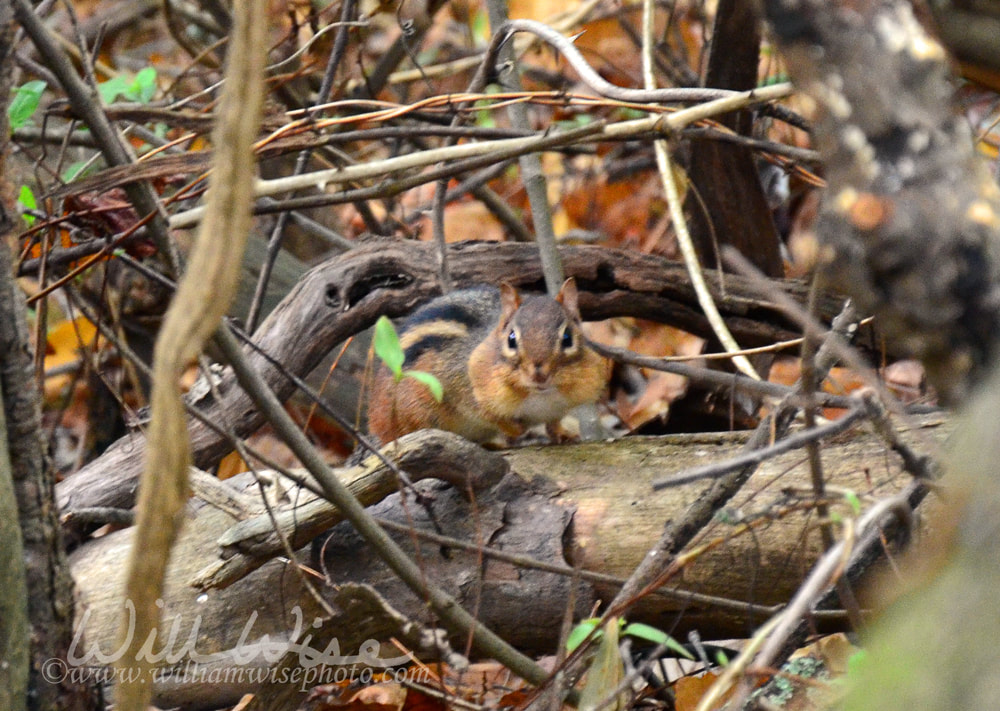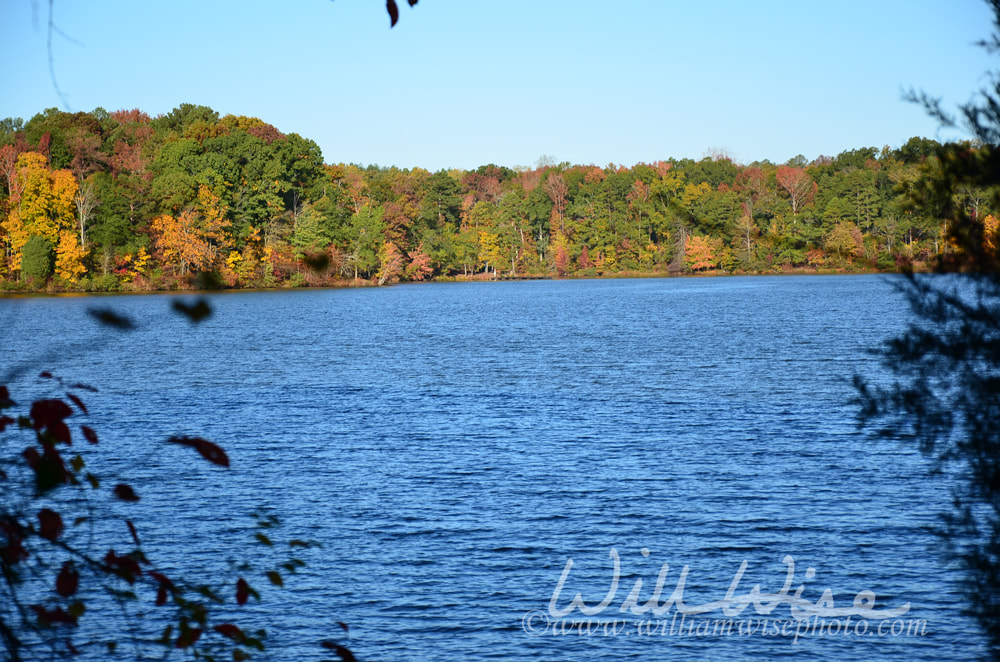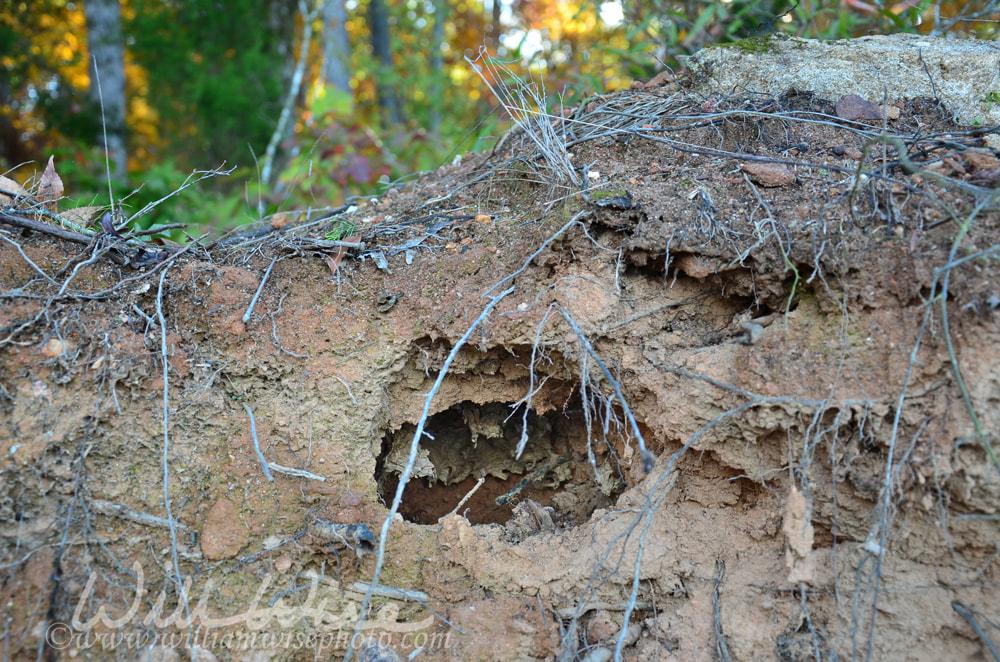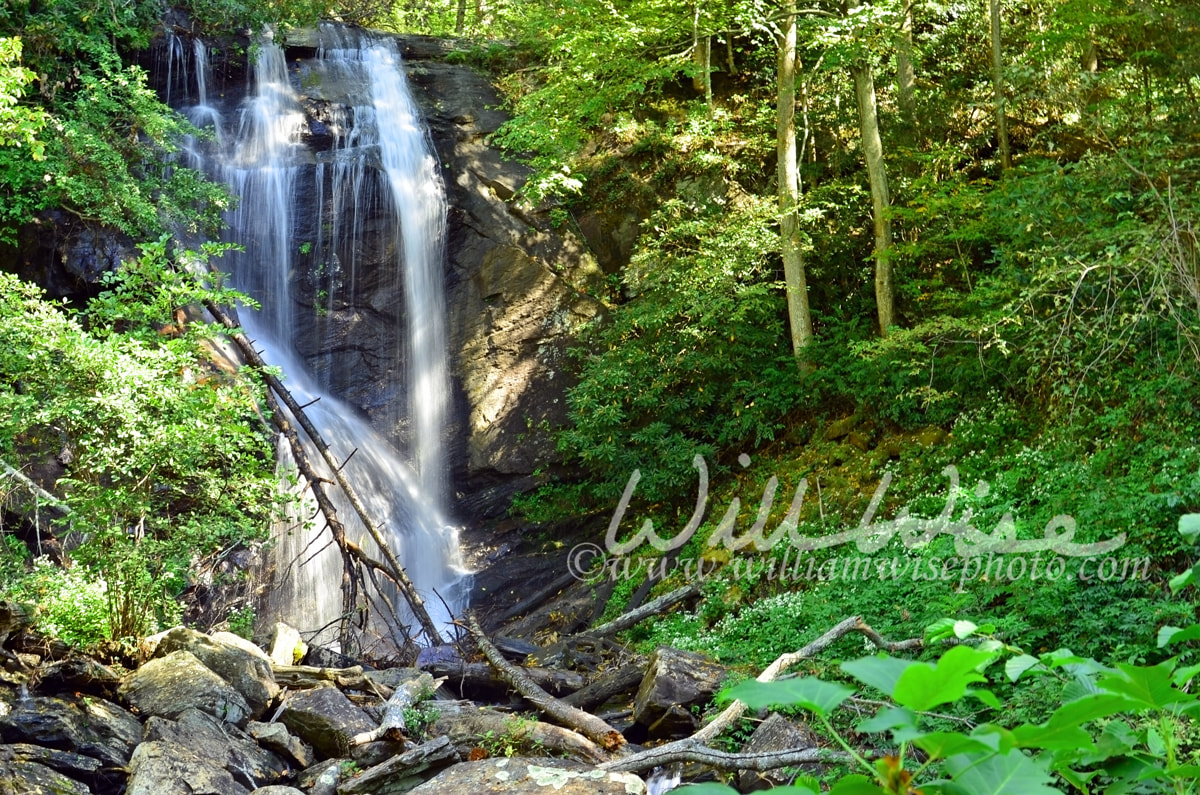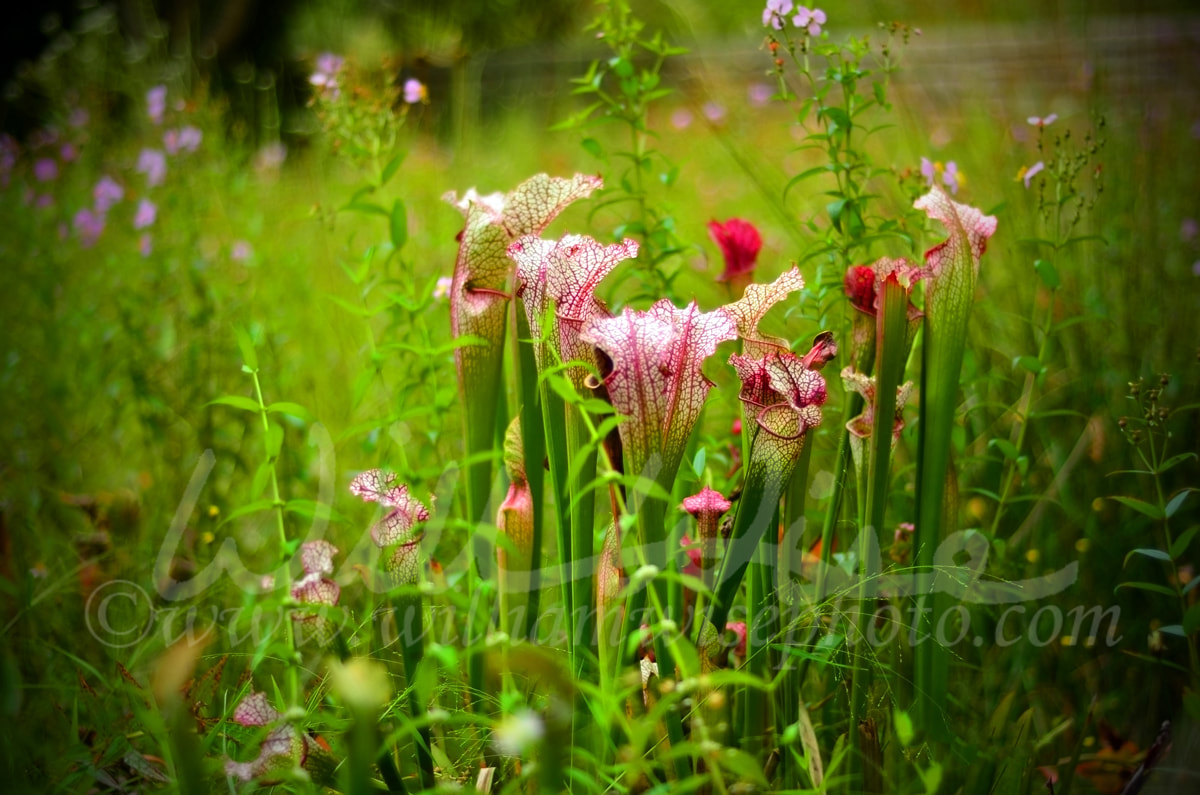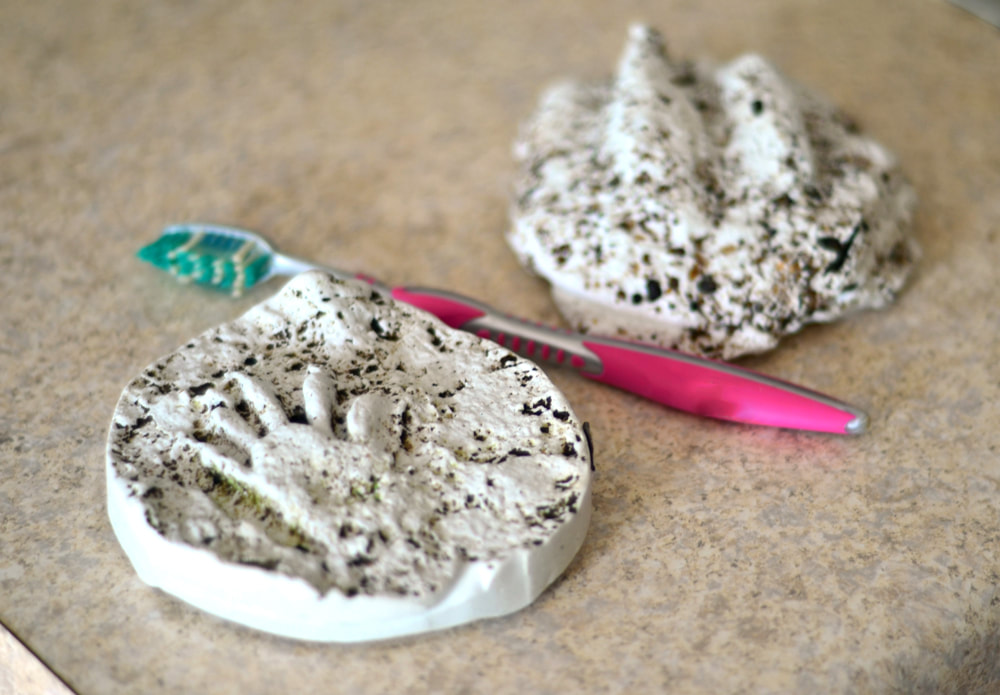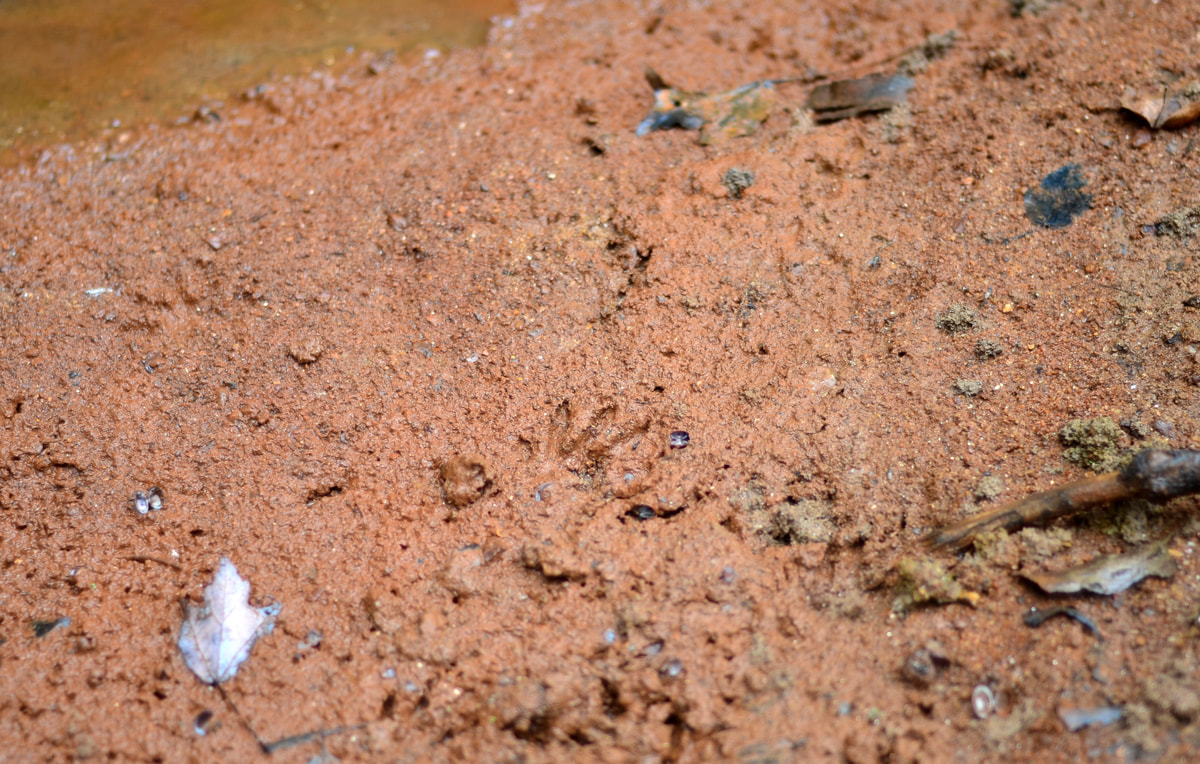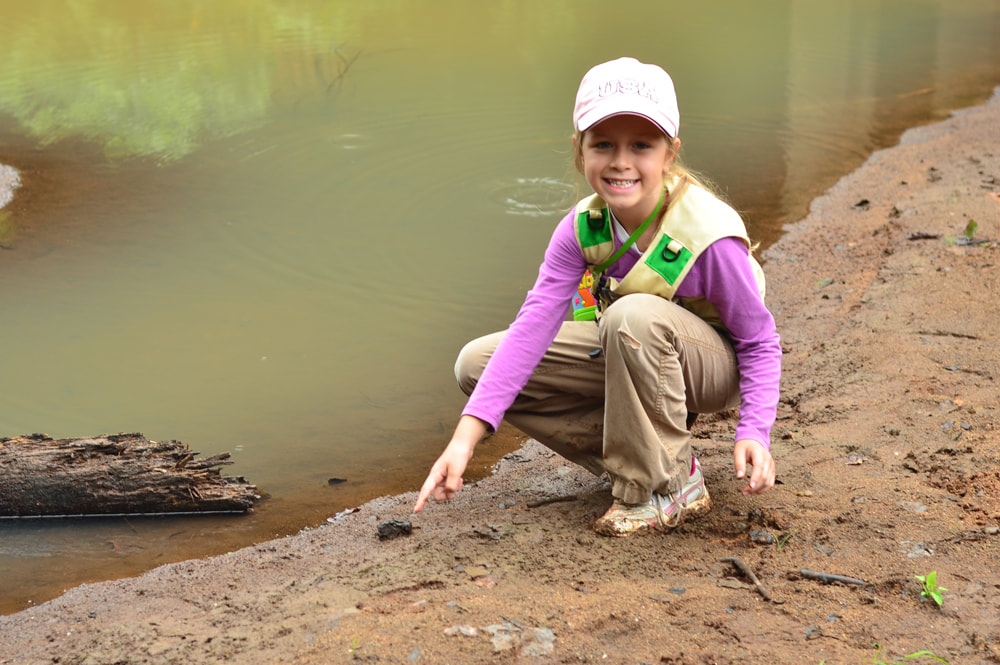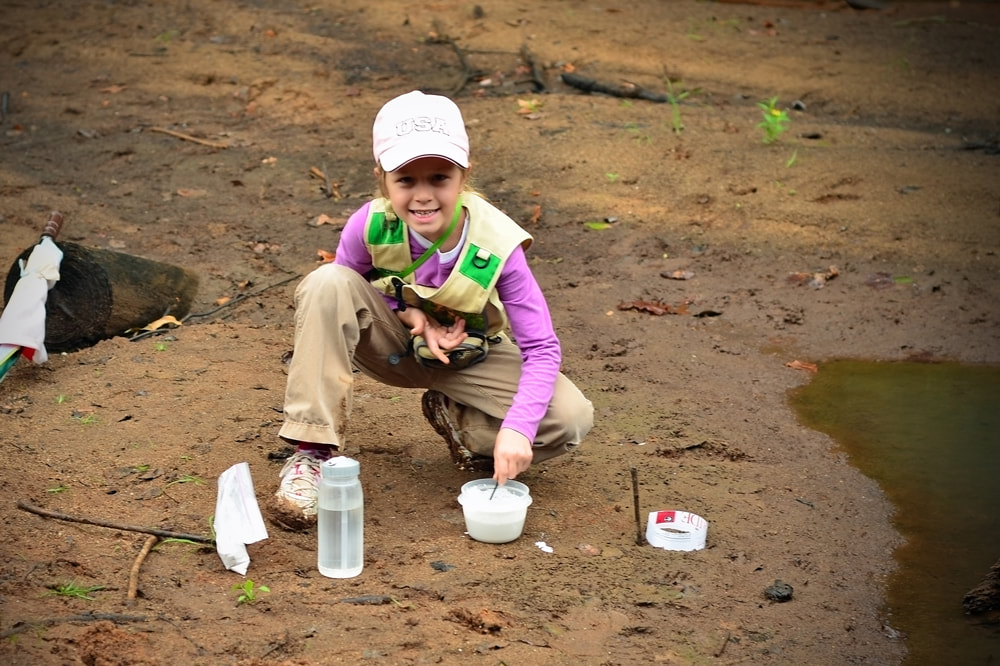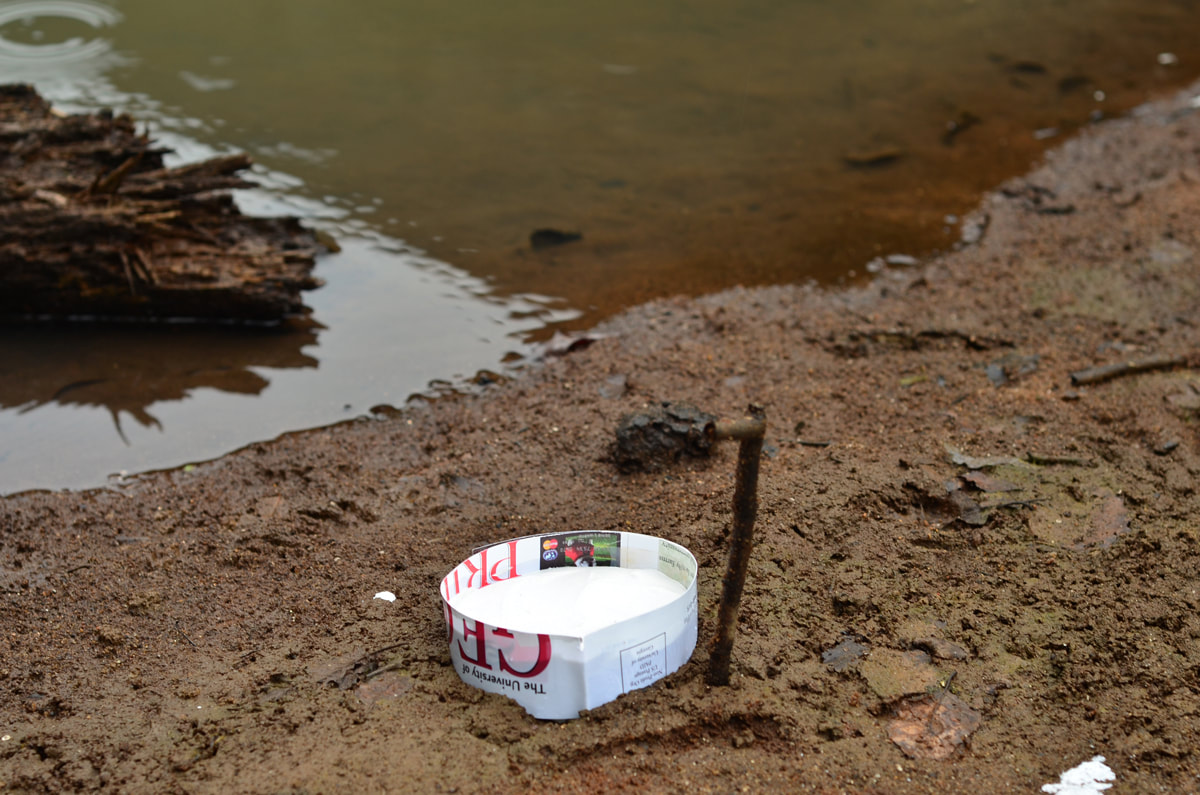 Creation Speaks is a Biblical teaching ministry that uses nature writing and photography to glorify our Creator and teach the truth of creation. “But ask the animals, and they will teach you, or the birds in the sky, and they will tell you; or speak to the earth, and it will teach you, or let the fish in the sea inform you. Which of all these does not know that the hand of the Lord has done this?" Job 12:7-9 He was stuck tight in the ring of a chain-link fence. Even with Kevlar-lined leather gloves, I feared a piercing bite from those long, sharp, bark-shredding, rodent incisors. How could I pull this plump Muskrat out of his predicament without getting bit? Although my motive was to free him, there was nothing I could do to convince him that I meant him no harm. Liberating this furry reddish-brown muskrat from his plight reminded me of the complexity of sharing the chain-breaking freedom in Jesus Christ. In our love, we wish to free others from the constricting grip of sin. But as we preach the full gospel, which includes not only Christ’s love and redemption, but also the need for repentance of sin, our listeners may misinterpret our motives and aren’t always sure we mean them no harm. Yet freeing others is a calling motivated by love, as is my mission to free this muskrat. As rodents go, Muskrats (Ondatra zibethicus) are bigger than a rat, but smaller than a beaver. With their thick, double-layer of fur, they weigh in at a portly 1 to 4 pounds; just the right size to barely pass through, or, as in this case, get stuck in a chain-link fence! This guy was stuck in a fence surrounding a water retention pond. Preferring to burrow their homes in the banks of ponds and streams, muskrats have taken advantage of these man-made flood controlling constructions. My chubby muskrat must have gotten himself lodged when returning from grazing on the other side of the fence... where the grass is always greener! Even we humans, the “crown of creation” and supposed most intelligent creatures can be lured into captivity when we are “drawn away by our own lusts, and enticed” (James 1:14). We too fall captive to “the-grass-is-always-greener-on-the-other-side” mentality and chase fleeting fantasies into restricted areas that leave us trapped and in a helpless struggle. We inevitably need someone to set us free. As I approached to liberate this marooned muskrat, I could see his long, bald, vertically-flattened tail and backside trapped fast in the fence. He had given up on the struggle. Reducing the fence’s grip with the aid of bolt cutters, I was able to pull the exhausted critter free without much of a fight.
My now liberated muskrat didn’t immediately run off in freedom. His long exertion had drained his energy and he retreated briefly to recover under a nearby log. He eventually caught his breath, sensed his freedom, and scurried off towards a patch of concealing leaf litter near the water’s edge. While they may not immediately embrace freedom, sharing God’s love and the truth of the freeing power of the blood of Jesus Christ does not return void. It will loosen the blinding grip of sin upon the human heart and free them to make a decision. We may have a sense of frustration when some don’t immediately accept Christ, but we never know what will happen down the road. It is still our calling to preach the liberating gospel. As long as there is life there is a chance to decide for Christ. The fruit of our evangelistic efforts may not be immediate, but we never know what may take place. It was a full 12 months from when I first heard a true evangelistic witness to when I surrendered and received Christ.
0 Comments
Taking a walk to the upper retention pond behind my office in Walton County, Georgia, I found this Gray Fox skeleton partially submerged at the edge of the pond.
Two White-tailed Deer bucks dueling in my neighborhood during the rutting season. When I turned the car headlights to face them, they were more interested in continuing their spar than they were in running away from me.
 Creation Speaks is a Biblical teaching ministry that uses nature writing and photography to glorify our Creator and teach the truth of creation. “But ask the animals, and they will teach you, or the birds in the sky, and they will tell you; or speak to the earth, and it will teach you, or let the fish in the sea inform you. Which of all these does not know that the hand of the Lord has done this?" Job 12:7-9 Isaiah 53:5 But he was wounded for our transgressions, he was bruised for our iniquities: the chastisement of our peace was upon him; and with his stripes we are healed. Have you ever tried to walk through a patch of woods only to get shredded by briars? Or how about walking along barefoot and stop on a prickly thistle plant? Thorns and thistles are the perfect reminder of what our sin has done to our planet. Genesis 3:17-19 Because thou hast eaten of the tree, of which I commanded thee, saying, Thou shalt not eat of it: cursed is the ground for thy sake; in sorrow shalt thou eat of it all the days of thy life; thorns also and thistles shall it bring forth to thee; Just like the snagging of our clothing which brings us to a halt in a briar patch, so too our bad decisions make our walk through this life so much more complicated. There are even times that the thorns of this life which weren’t of our own doing make life harder. 2 Corinthians 12:7 "...there was given to me a thorn in the flesh, the messenger of Satan to buffet me..." But thankfully we have a Savior that took upon Himself the thorns and scourgings of our sin to blaze a path for us! Matthew 27:29 And when they had platted a crown of thorns, they put it upon his head...  William Wise Photo Nature Notes is a wildlife, birding and nature photography blog documenting the wonders of God’s creation. “But ask the animals, and they will teach you, or the birds in the sky, and they will tell you; or speak to the earth, and it will teach you, or let the fish in the sea inform you. Which of all these does not know that the hand of the Lord has done this?" Job 12:7-9 November 12, 2011 - A Saturday morning hike on Cook's Trail that runs between Sandy Creek Nature Center and Sandy Creek Park in Athens, Clarke County, Georgia. November 24, 2011 - another Saturday morning hike around Claypit Pond at the Nature Center.
 William Wise Photo Nature Notes is a wildlife, birding and nature photography blog documenting the wonders of God’s creation. -- "God gave Solomon very great wisdom and understanding, and knowledge as vast as the sands of the seashore. He could speak with authority about all kinds of plants, from the great cedar of Lebanon to the tiny hyssop that grows from cracks in a wall. He could also speak about animals, birds, small creatures, and fish. And kings from every nation sent their ambassadors to listen to the wisdom of Solomon." I Kings 4 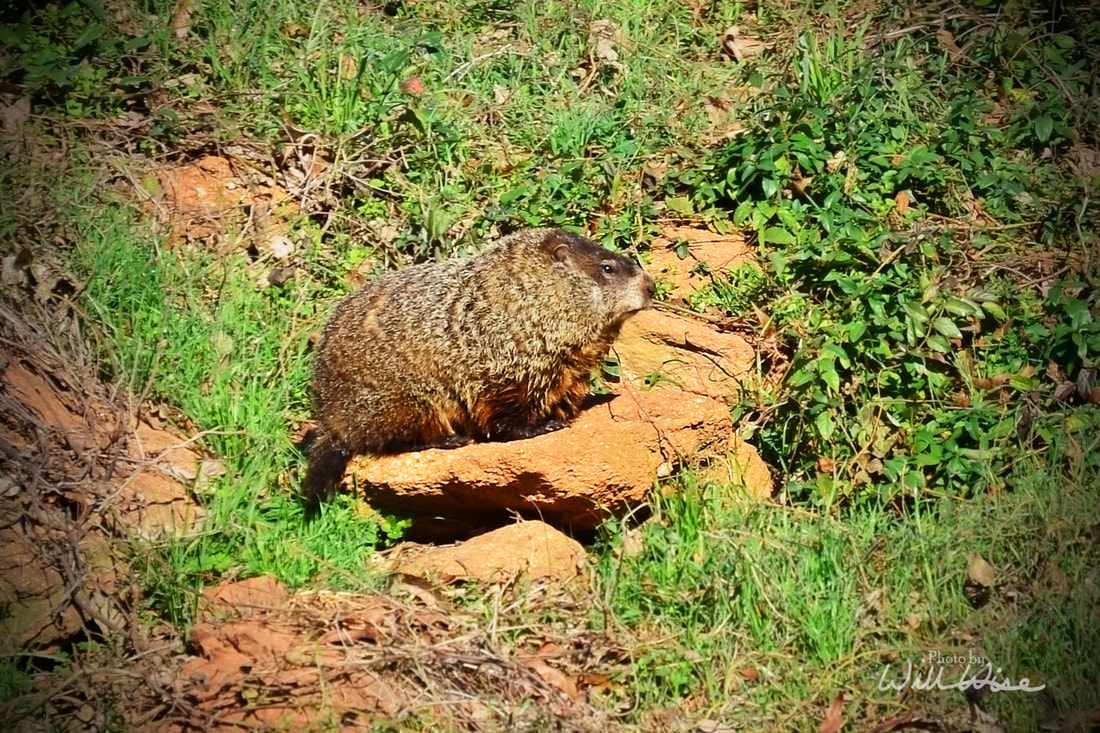 November 24, 2011; Clarke County, Georgia - The groundhog (Marmota monax), also known as a woodchuck, is a rodent of the family Sciuridae, belonging to the group of large ground squirrels known as marmots. It was first scientifically described by Carl Linnaeus in 1758. The groundhog is also referred to as a chuck, wood-shock, groundpig, whistlepig, whistler, thickwood badger, Canada marmot, monax, moonack, weenusk, red monk and, among French Canadians in eastern Canada, siffleux. Monax (Móonack) is an Algonquian name of the woodchuck, which meant "digger" . Young groundhogs may be called chucklings. (Source: iNaturalist)  William Wise Photo Nature Notes is a wildlife, landscape, birding and nature photography blog documenting the wonders of God’s creation. -- Genesis 1:14-19 And God said, Let there be lights in the firmament of the heaven to divide the day from the night; and let them be for signs, and for seasons, and for days, and years: and let them be for lights in the firmament of the heaven to give light upon the earth: and it was so. And God made two great lights; the greater light to rule the day, and the lesser light to rule the night: he made the stars also. John 14:2 In my Father’s house are many mansions: if it were not so, I would have told you. I go to prepare a place for you. I took my wife to the Biltmore Estate for our 10th anniversary. Biltmore Estate is a large private estate and tourist attraction in Asheville, North Carolina. Built by George Washington Vanderbilt II between 1889 and 1895 and is the largest privately owned house in the United States. I found the secret to getting photographs of the mansion without a lawn covered with tourists was to stay until sunset when all the crowds disappeared. We casually walked the grounds and got photos from several different locations. Even when we didn't have time to make trips out of town, my daughter's outdoor enthusiasm took us on short hikes to Sandy Creek Nature Center in our hometown of Athens nearly every weekend.  William Wise Photo Nature Notes is a wildlife, landscape, birding and nature photography blog documenting the wonders of God’s creation."Thou art worthy, O Lord, to receive glory and honour and power: for thou hast created all things, and for thy pleasure they are and were created." ?Revelation 4:11 Teaching my daughter how to make plaster casts of animal tracks. Her favorite place to hunt for tracks was on Cook's Trail between Sandy Creek Nature Center and Park, under the Highway 441 overpass.
|
Categories
All
Archives
September 2025
|
|
All content is ©williamwisephoto.com. Please don't steal images. My images are available at dreamstime.com. Stock sales go into the shelter photography program.
|
In December 1993 I came to know the Designer and Creator of this wonderful planet and its creatures: Jesus Christ.
|
Donations help support the animal shelter adoption photography equipment and adoption website hosting and domain fees. Thanks for your support!
|
